Have you ever been on a canoe trip? No? Well, it’s about time! On our last canoe trip, we paddled across mirror-smooth lakes, watched elegant herons near the shore, glided through picturesque canals, experienced breathtaking sunsets, had romantic campfires, and repeatedly let our gaze wander over the stunningly beautiful lake landscape. Nature lovers get their money’s worth with so-called “canoeing.”
With paddles in hand and a tent in our luggage, we, along with Miri and Micha from the blog Outdoornomaden, spent a few days exploring some beautiful regions in Brandenburg and Mecklenburg-Western Pomerania. We highly recommend such an adventure and would like to tell you all about our canoe trip in the following post. We’ll talk about our route, the costs, the campsites, our packing list, and give you a few paddling tips. Enjoy browsing!
These reports might also interest you:
- Top Highlights in Rostock
- Ostseebad Kühlungsborn
- Holiday in Zinnowitz by the Sea
- The Most Beautiful Beaches in Mecklenburg-Vorpommern
- Mecklenburg Lake District
- Most beautiful cities in Germany
- Our top highlights in MeckPomm
- National parks in Mecklenburg Vorp.
- These reports might also interest you:
- What does “water hiking” actually mean?
- Canoe rental in Brandenburg
- Other rental stations
- Water hiking – our packing list & Equipment
- Loading the canoe correctly
- 7-day canoeing – Our route
- Stage 1 – From Lychen to Wurlsee (1.9 km)
- Stage 2 – From Wurlsee to Himmelpfort (10.2 km)
- Stage 3 – From Himmelpfort to Steinförde (11.8 km)
- Stage 4 – From Steinförde to Ellbogensee (6.8 km)
- 1 day break – 24 hours of rain
- Stage 5 – From Ellbogensee to Drewensee (8.3 km)
- Stage 6 – From Drewensee to Großer Labussee (16.1 km)
- Canoeing – Tips for bad weather
- Costs of a canoeing
- 7-day canoeing – Our conclusion
What does “water hiking” actually mean?
The term “water hiking” is actually pretty self-explanatory. Of course, you don’t hike around various lakes in the traditional sense with hiking boots and hiking poles; instead, you navigate these waters in a canoe, kayak, or Canadian canoe. Water hiking works best in calm and shallow waters, such as lakes or rivers. And for this very reason, such an adventure is also suitable for beginners, seniors, and families with children (pets are welcome too).
In Germany, there are actually many regions where you can undertake such a water hike, such as in the water labyrinths of the Spreewald, in the Emsland region, in the Thuringian Sea, along the Saar Loop, or along the Moselle. We can, of course, highly recommend our beloved Mecklenburg Lake District, as well as the numerous idyllic lakes nearby in Brandenburg. Our last canoe trip took us to precisely these two regions. You can find all the details a little further down.
Canoe rental in Brandenburg
While we started our last canoe tour in Mecklenburg-Western Pomerania, this time we started in the beautiful state of Brandenburg. From Rostock, we drove to the Treibholz canoe station in Lychen, about two hours away. There, we were able to park our car free of charge for a week, load the boats in peace, and begin our seven-day canoe tour.
We were given a large Canadian canoe with enough space for our luggage and all our camping gear. At first, we were a little skeptical about whether we’d be able to make any progress with this rather cumbersome boat, but over time, we got into the groove pretty well.
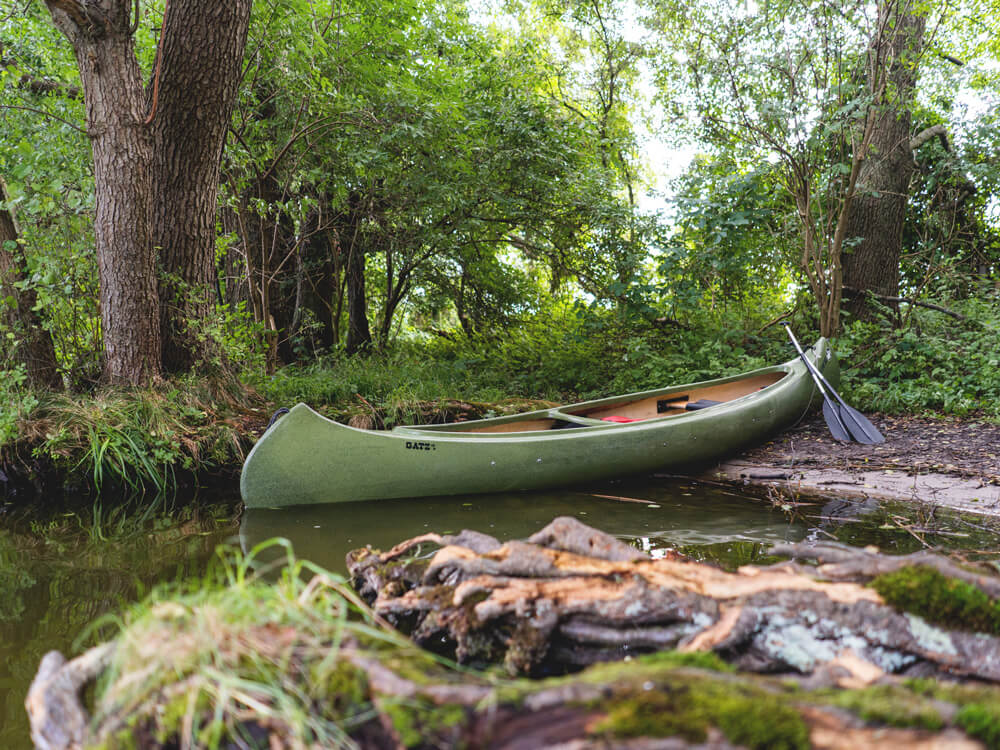
The Driftwood Canoe Station in Lychen rents out various kayaks, Canadian canoes, SUPs, and rafts. In addition to the 3-person Canadian canoe, we were also given two paddles, two life jackets (although we left them there), waterproof bags (large and small), and two sponges to clean and dry the boat at the end of the day. When you rent a kayak, you also get a spray hood. Our Canadian canoe cost €30 per day (a total of €210 for a week), while kayaks cost only €25 per day.
Other rental stations
You can find canoe stations at regular intervals in Brandenburg and Mecklenburg-Western Pomerania. We can recommend both “Paddel Paul” in Mecklenburg-Western Pomerania on the Lake District, as well as the “Treibholz” station in Lychen in the beautiful federal state of Brandenburg.
Canoe stations in Brandenburg
- Kajakguru Templin
- Nordlicht Kanustation Fürstenberg
- Seenland Kanustation Lychen
- Canoe rental Kolbatzer-Mühle
- Canoe rental Camp Himmelpfort
- More here: Canoe stations in Brandenburg
Canoe stations in Meckl. Vorpommern
- Kanustation-Priepert.de
- Kanoe Base Mirow
- Kanu-Mühle Wesenberg
- Paddel Paul in
- Kanoe rental Pack & Paddle
- More here: Canoe stations in Mecklenburg-Western Pomerania
Water Hike – Our Packing List & Equipment
We will publish a detailed post about our canoe packing list. It would otherwise go beyond the scope of this article. However, to give you a first impression of what we had with us, you’ll find our most important gadgets in the table below. Have fun browsing!
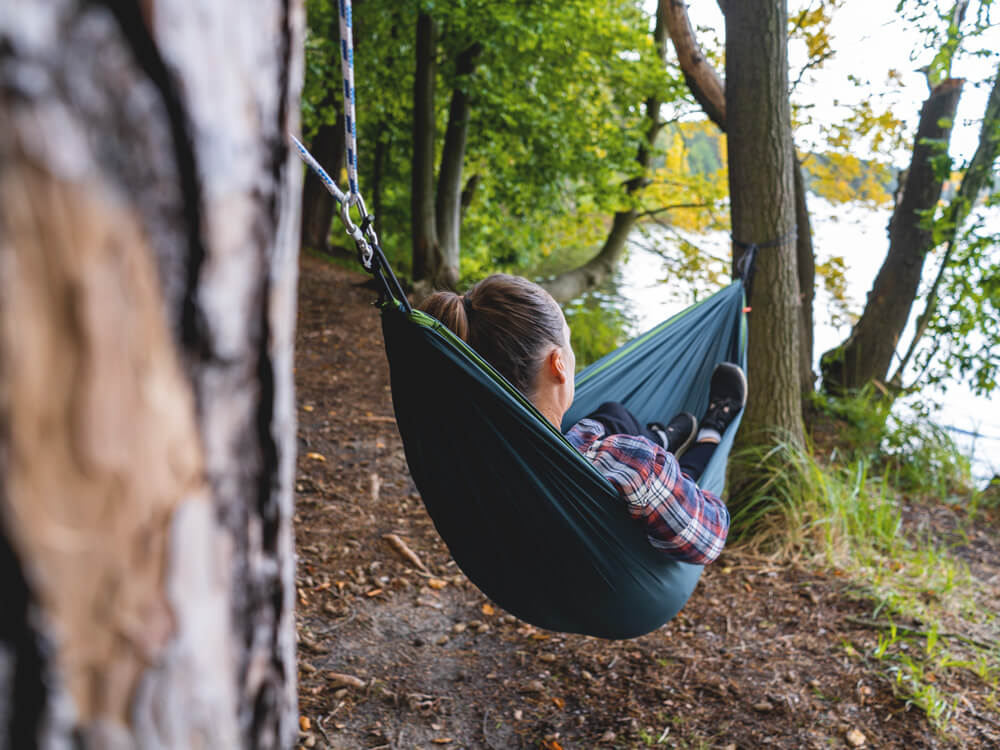
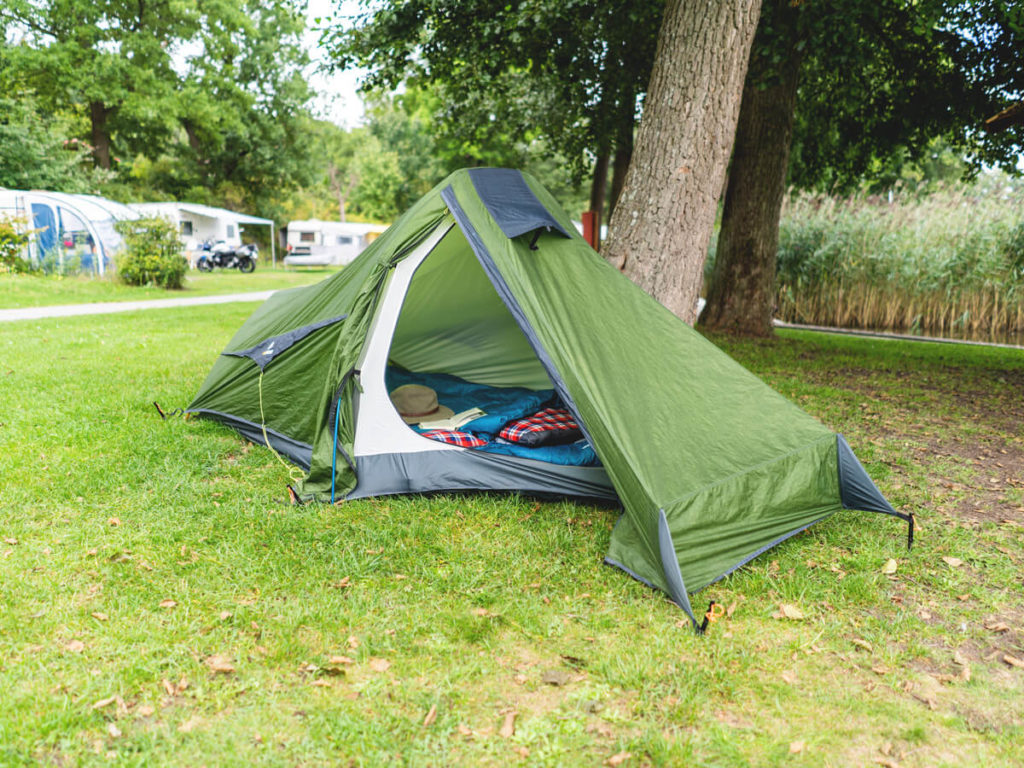
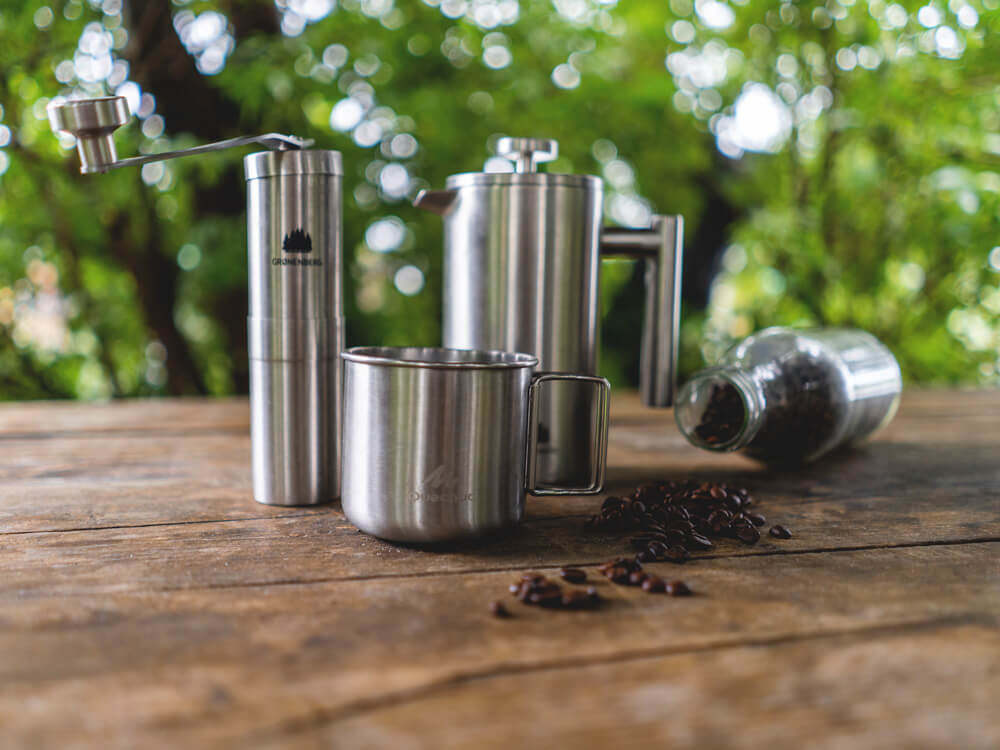

Loading the Canoe Correctly
It’s actually pretty easy to Loading the Canadian canoe. We placed the three large (and heavy) dry bags between us in the middle of the boat, with a large Ikea bag (our kitchen) behind them and a backpack under Marco’s seat in the back. Things are a little different with kayaks, as you have to get the luggage into the hatches or tie it down above. This time, we definitely wouldn’t have been able to fit our luggage into a two-person kayak. So, we were quite happy that we only had to place our bags and sacks between us.
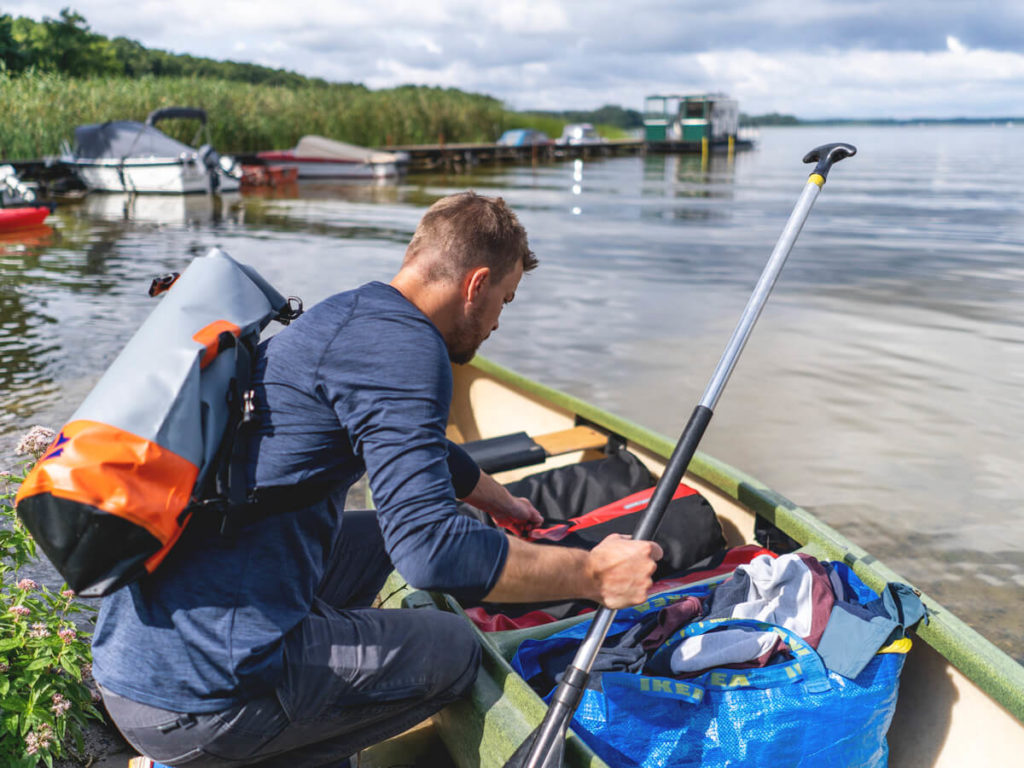

You should make sure that the weight of your luggage is evenly distributed throughout the boat. If your boat sits “straight” to the waterline, it will glide better and be more stable. Make sure you place heavy items in the middle of the boat and lighter items toward the stern and bow.
It’s also important that everything is packed waterproof. We had to contend with a lot of rain during this trip – more on that later. I (Bolle) always kept a small waterproof dry bag with my cell phone and camera between my legs. This way, the equipment was always within reach and adequately protected.
7-Day Water Tour – Our Route
It’s a good thing we went on a 4-day canoe tour shortly before this adventure. This way, we at least knew roughly what to expect during the 7-day canoe tour. You can design and plan such water tours completely individually. If you have no experience with a canoe or kayak, we recommend a shorter tour (3 to 4 days) to get you started. During our last tour, we paddled an average of 15 kilometers per day, which was quite ambitious. On the 7-day tour, we were much more relaxed at 8 to 10 kilometers.
We discussed our route with the federal states, but then “ditched” it in some places on site (reason: storms and heavy rain). We recommend a water hiking map* so you can navigate easily even without reception and a cell phone. This map shows you all the campsites, shops, waterways, highlights, and much more. The €6.90 was definitely a very good investment. If we had reception along the way, we checked our position on Google Maps and navigated using the app. In the following map you can see our route, including the campsites and highlights.
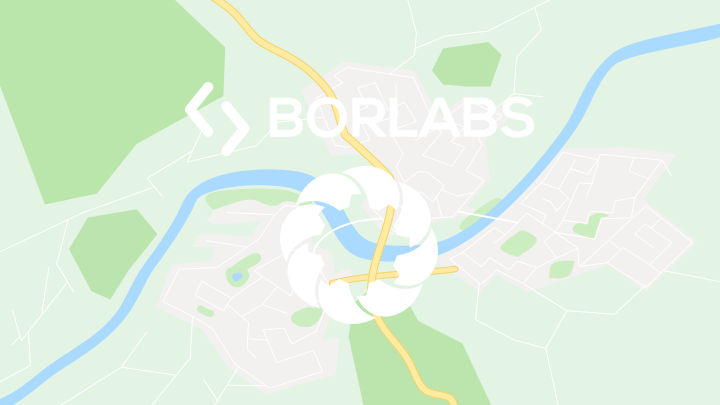

By loading the map you accept Google’s privacy policy.
Learn more
Load map
Book spontaneously or in advance?
Our canoes were booked for us in advance. If you would like to undertake a canoe trip like this during the summer holidays, we also recommend reserving your boat in advance. However, since there are many canoe stations in Mecklenburg-Western Pomerania and Brandenburg, you can still get a boat relatively spontaneously. Plan approximately 1-2 hours for the briefing and loading of the boat. Since we couldn’t pick up our canoe until 3 p.m., our first leg of the day was very short at just 2 kilometers.
Leg 1 – From Lychen to Wurlsee (1.9 km)
Our journey began in the late afternoon around 3 p.m. from the Treibholz canoe station in Lychen. After loading the boats, we paddled around to the right, across the Mühlenbach, over to the smaller Nesselpfuhl lake, and then further across the Wurlfließ to the beautiful Wurlsee.
In the middle of the lake, it suddenly started to storm and rain – not a good omen for the trip, we thought. And do you know what every paddler’s worst enemy is? Right! Wind! It wasn’t easy to paddle against it at first. Luckily, we only had to paddle 2 kilometers to our destination.
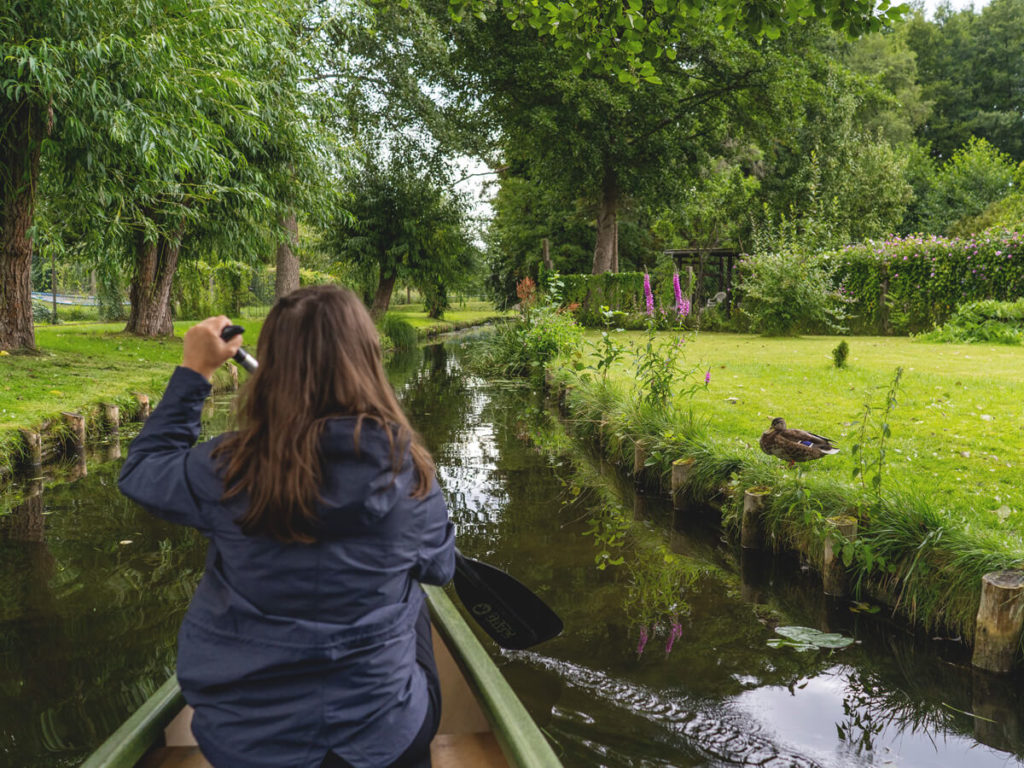

Camping site at Wurlsee
We spent our first night at the natural camping site at Wurlsee. This campsite is located on the edge of the Mecklenburg Lake District in the northern Uckermark region and features terraced pitches, open spaces in the pine forest, a small swimming area with a jetty, a naturally designed playground, and clean sanitary facilities (showers, sinks, and toilets). From the campsite, it’s only a 10-minute walk to the center of the small town of Lychen. We particularly liked the very quiet location directly on the beautiful Wurlsee.
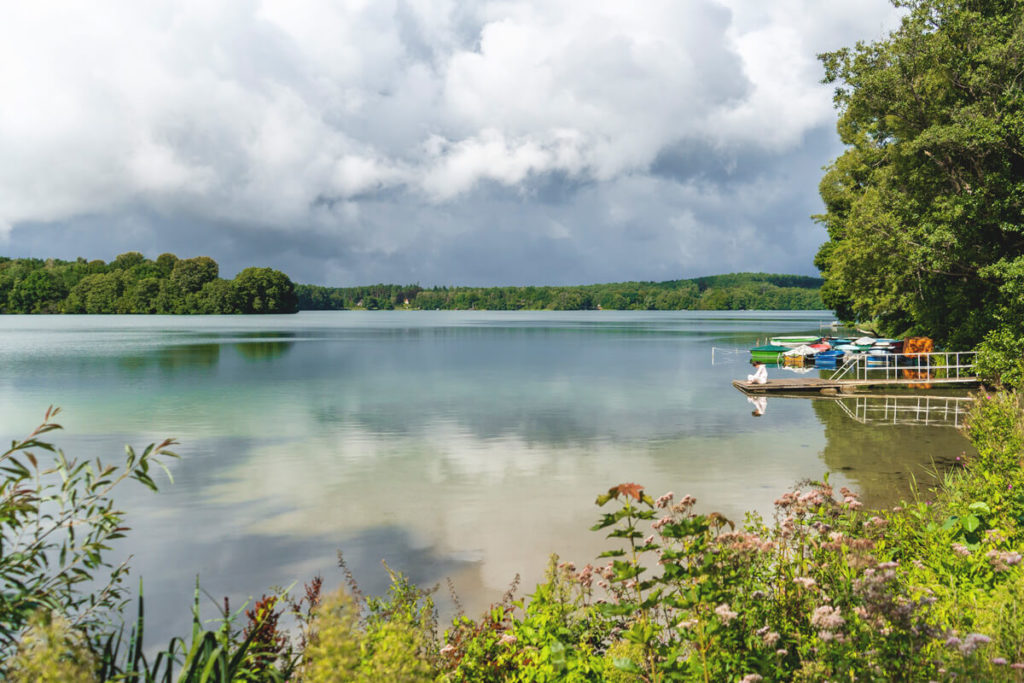

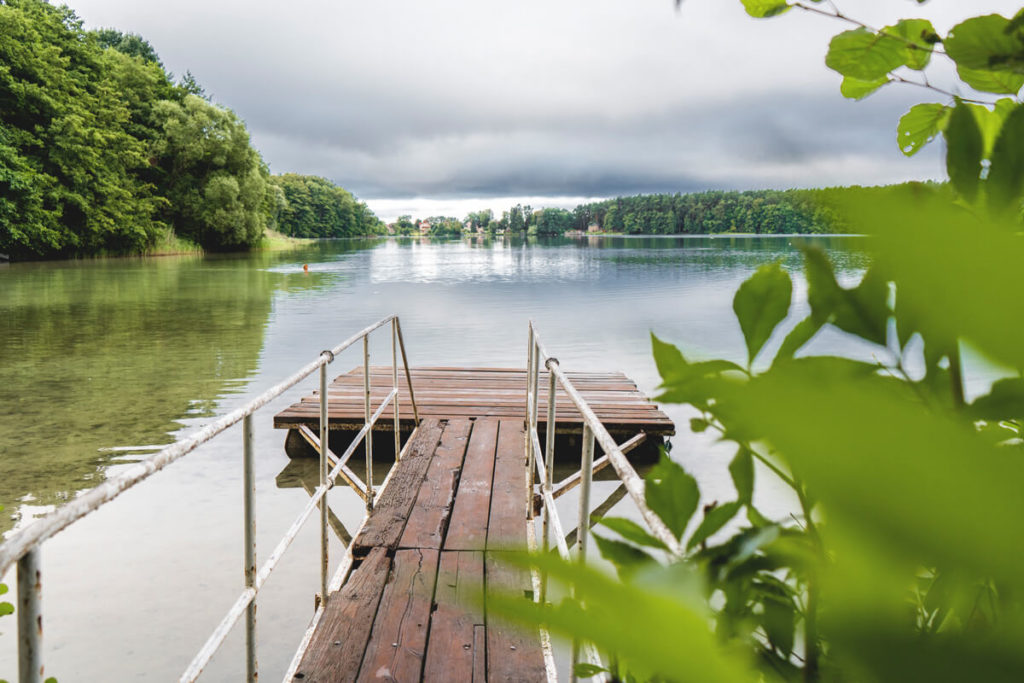

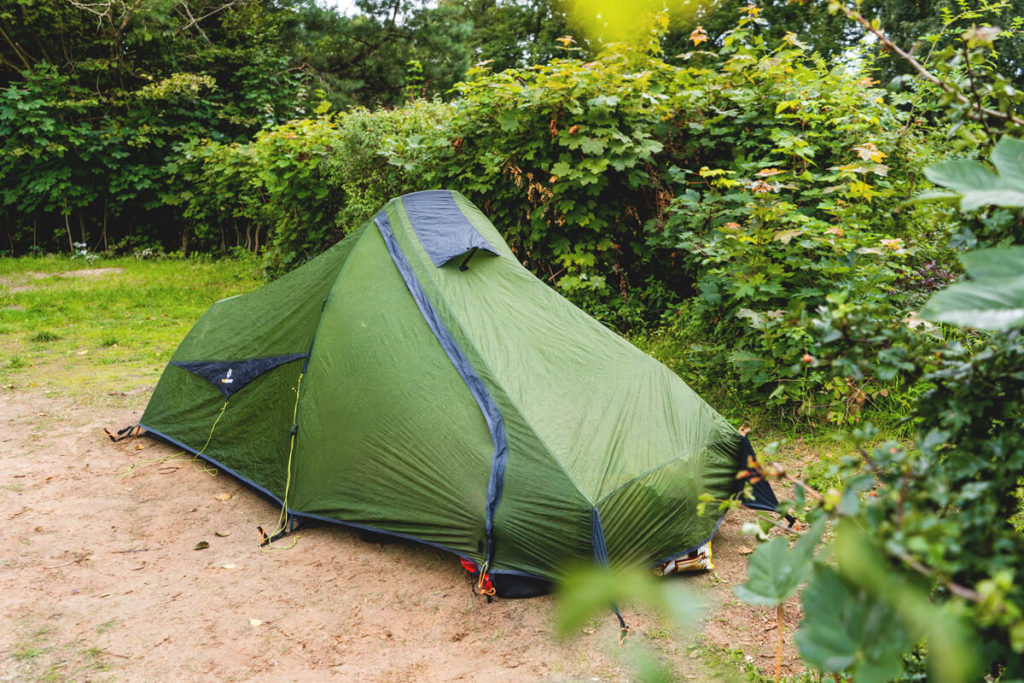

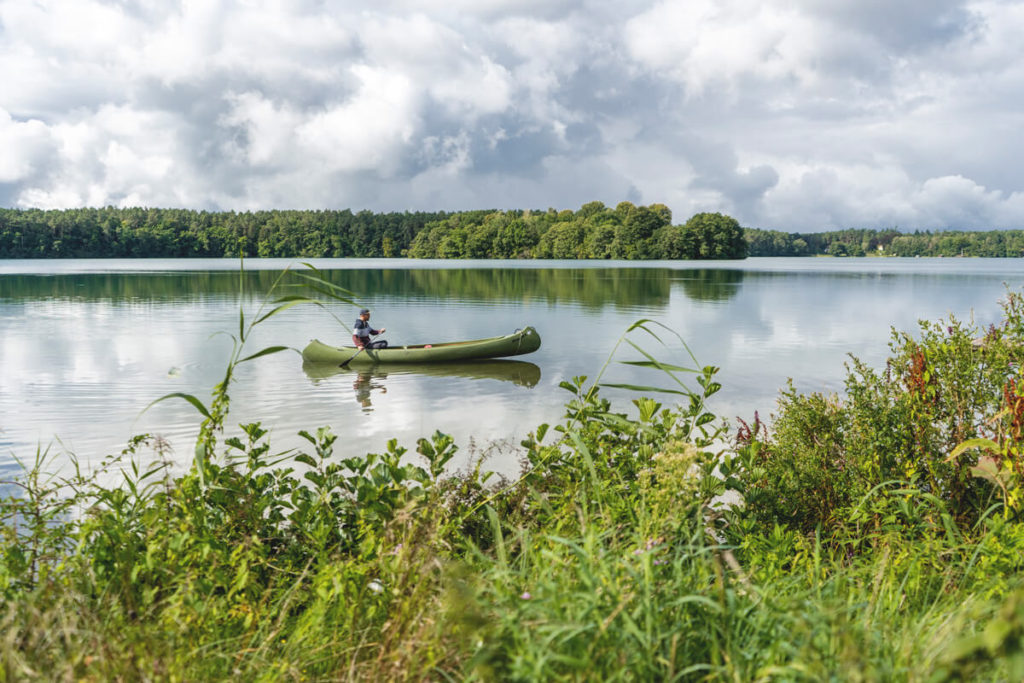

- Price: €7.50 per person + tent €5.50 + tourist tax €1.50
- Kiosk & snack bar: not available on site
- Sanitary facilities very clean
- Cell phone reception: quite good
- Tent area: spread out; Pitches are terraced
- Power outlets: can be found near the showers and toilets, among other places
- Bread roll service: a bakery van comes in the summer
- Recreational room: yes, spacious but old-fashioned
- Showers: €0.50 for 5 minutes
Stage 2 – From Wurlsee to Himmelpfort (10.2 km)
The night was quiet and relatively restful, even though we woke up very early. While Marco and the others were still in their tent, I took a short walk along the shore of Wurlsee. Although it was still cloudy in the sky, the view of the glassy lake was truly beautiful that morning.
I sat down on the jetty and took in the peaceful morning. Ah… every morning could start like this! After a small breakfast in front of the tents, we slowly packed everything up and set off for Himmelpfort. Just in time for the first paddle stroke, the sun came out again and put a smile on our faces.
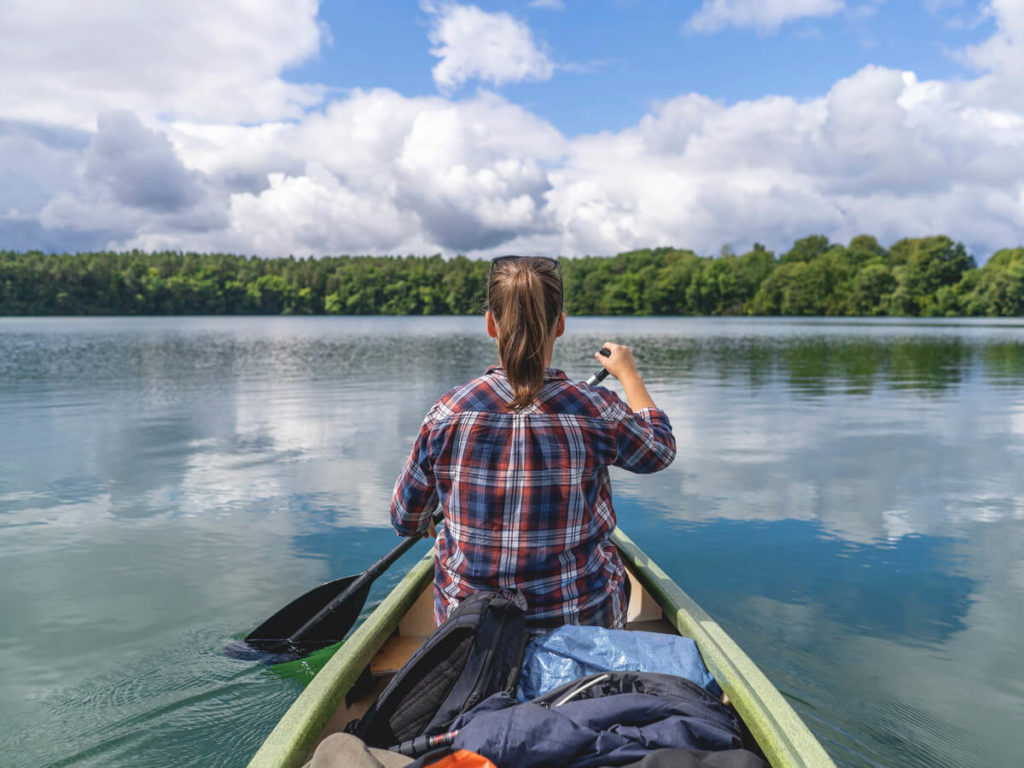

Across the Great Lychensee
Day 2. Finally, the tour could really begin! We were all ready and excited for the upcoming adventure. First, we paddled back across the Wurl Fließ to the Neeselpfuhl, before reaching the Great Lychensee via a smaller canal. Now it was all about paddling, paddling, paddling for the next 2.8 kilometers! The Great Lychensee has a maximum depth of 19 meters and has three islands (Fischers Werder, Langes Werder & Hohes Werder).
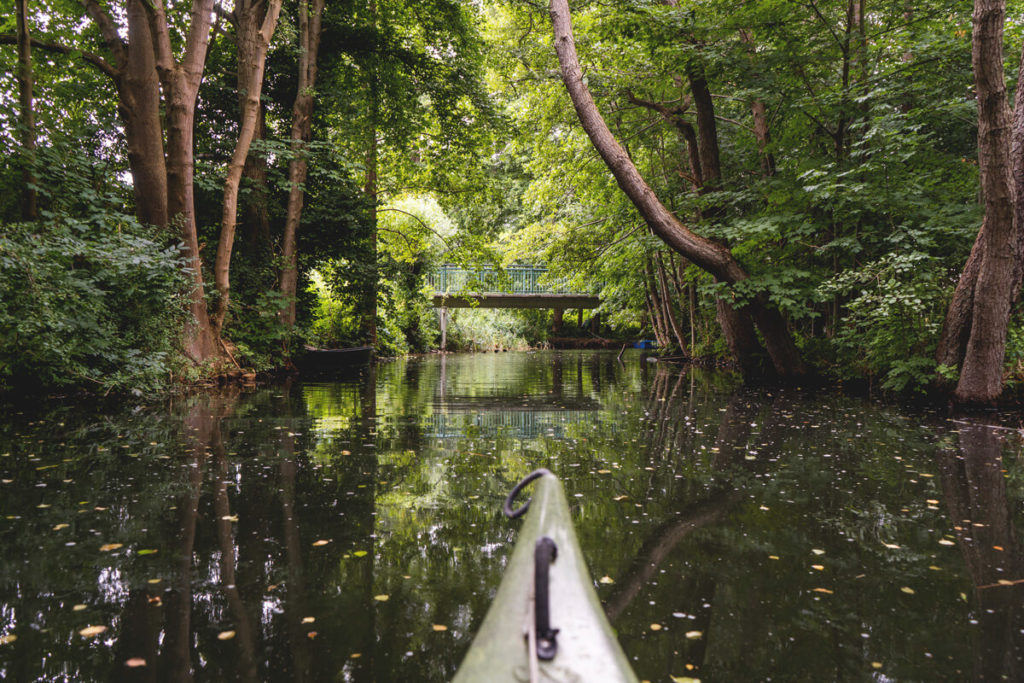

After crossing the Great Lychensee, we finally reached the Woblitz. This is a tributary of the Havel, which connects Lychen and Himmelpfort. The sun shone again and gave us a few beautiful warm moments with blue skies. We paddled very slowly across the Woblitz and enjoyed the idyllic surroundings. Near the shore we discovered some beautiful water lilies, as well as a swan, numerous ducks and a large heron.



Water hiking across the Haussee to Himmelpfort
Shortly before the end of the Woblitz we discovered a wooden bridge that runs over the river. Here we were able to take a short break and moor our boats on the shore. We were treated to a few snacks, something to drink, and a few stretches to counteract the constant sitting position in the boat.
After our short break, we paddled under the bridge and out onto the Haussee. At the end, a lock awaited us, which we had to operate ourselves. At first, it wasn’t easy to understand the system. But somehow we managed it and were able to get through after a short wait.
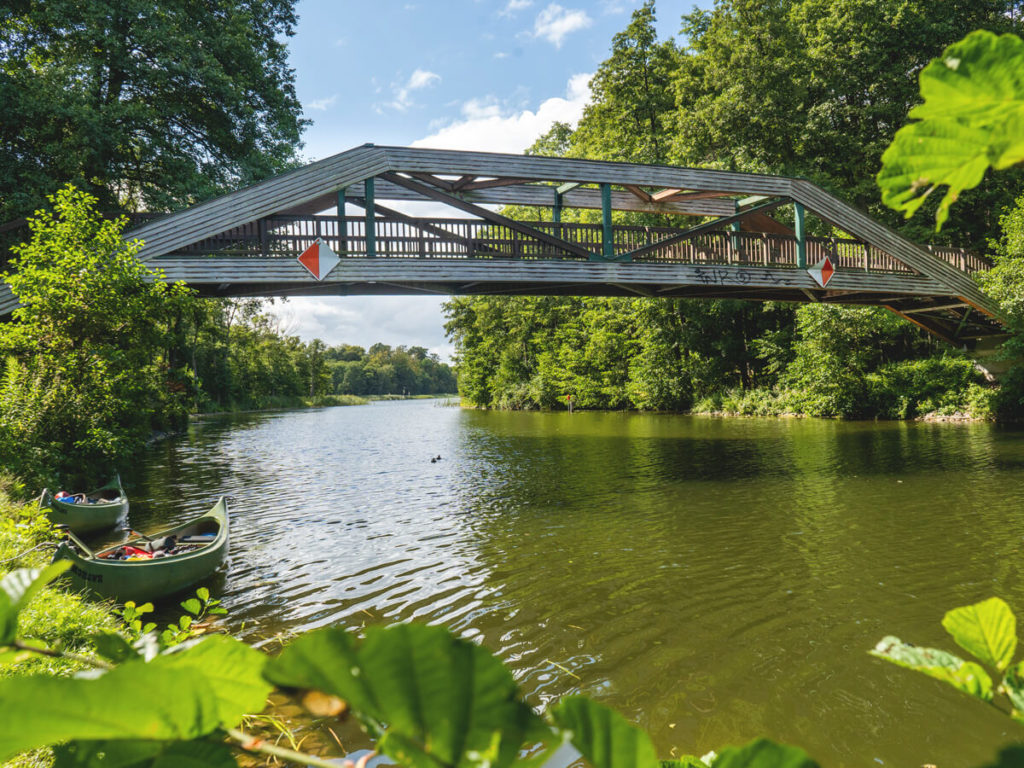

Now we just had to keep left on the large Stolpsee and complete the last few kilometers to the campsite. That evening, a delicious pizza was waiting for us, so we really pushed ourselves for the final stretch. Normally, 10 kilometers should take about two to three hours. However, since we had to collect a huge amount of photo and video material, our days were always very long. In the early evening, we finally reached our campsite at Stolpsee.
Himmelpfort Campsite
The family-run Himmelpfort Campsite was definitely one of the most beautiful spots of our trip. We were able to set up our tents right by the lake and thus had a fantastic view. The second day ended with a beautiful sunset. The site features a large meadow for water hikers, pitches for caravans and permanent campers, a few small bungalows and mobile homes, clean showers and toilets, a pizzeria, a kiosk, cooking facilities, a common room, and even lockers for charging cell phones and cameras.
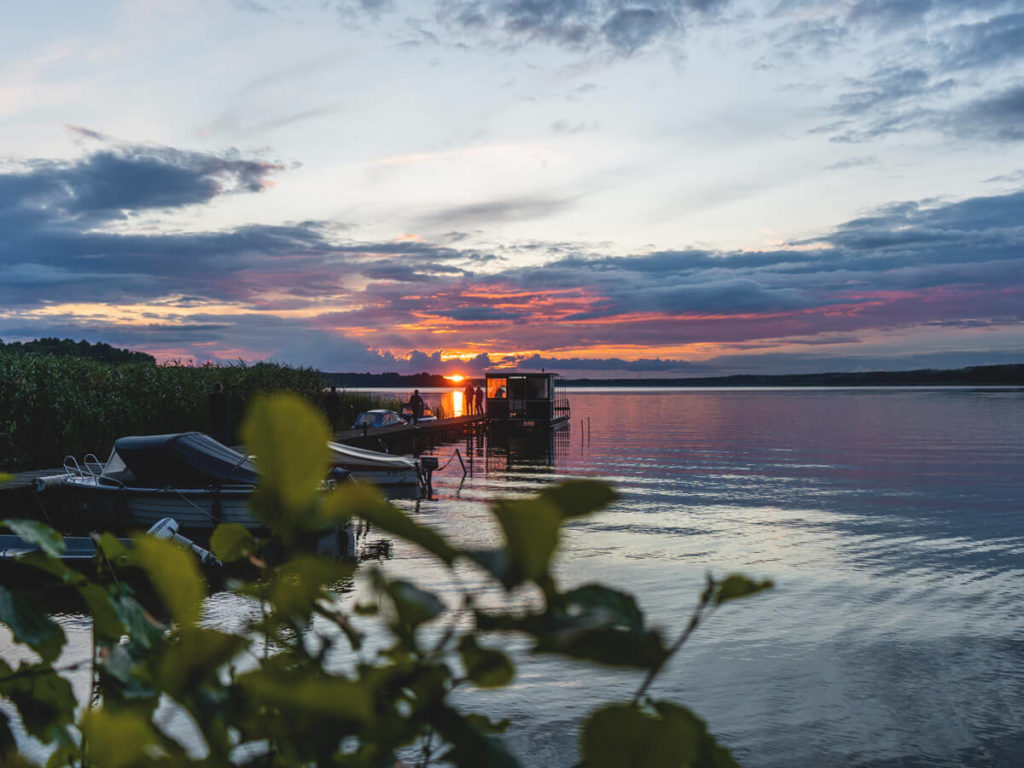

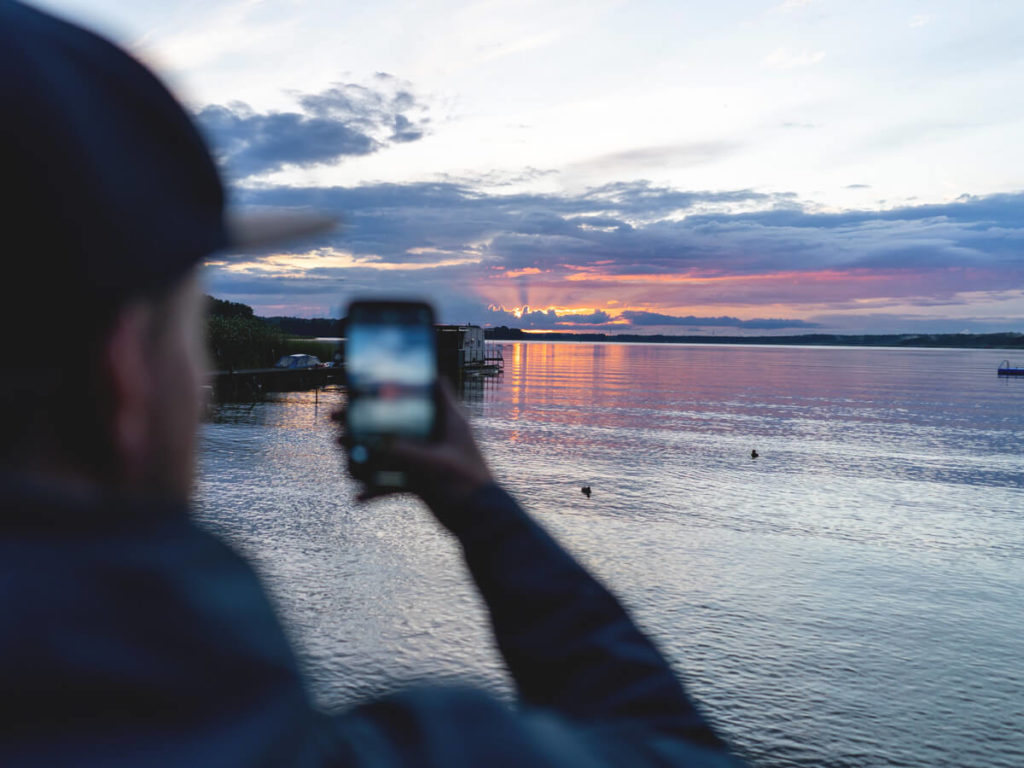

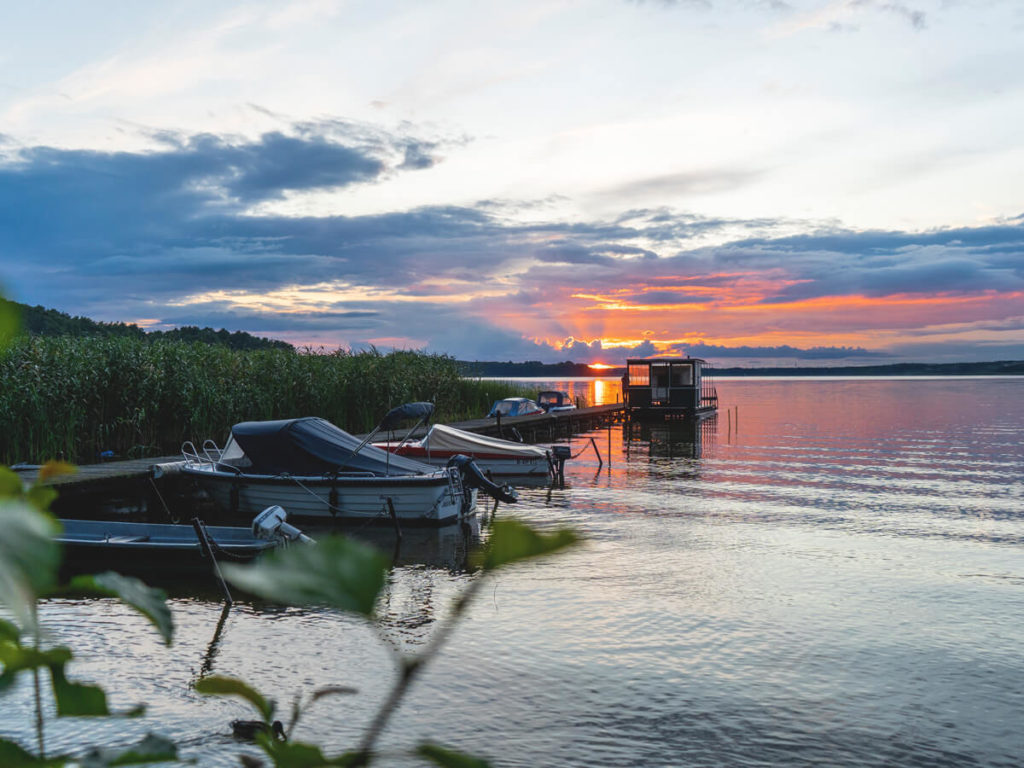

- Price: €11.50 per person including tent, tourist tax, showers
- Kiosk & snack bar: available on site (the pizzeria is great!)
- Sanitary facilities very clean
- Cell phone reception: very good
- Camping area: large camping area with benches
- Power outlets: there are separate lockers with power outlets
- Bread roll service: order the day before in the shop
- Recreation room: yes; Small but nice
- Showers: already included in the price
Stage 3 – From Himmelpfort to Steinförde (11.8 km)
Another very restful night lay behind us. We opened the tent, looked out at the lake, and took a leisurely start to the morning. After taking down the tents and stowing our luggage, we had a leisurely breakfast, drank freshly ground coffee, and prepared for the third stage.
With a heavy heart, we left the truly beautiful campsite late in the morning. First, we paddled across Stolpsee before reaching the Havel River again. Honestly, the long stretches across the lakes are always the most strenuous because the water is usually a bit choppier.
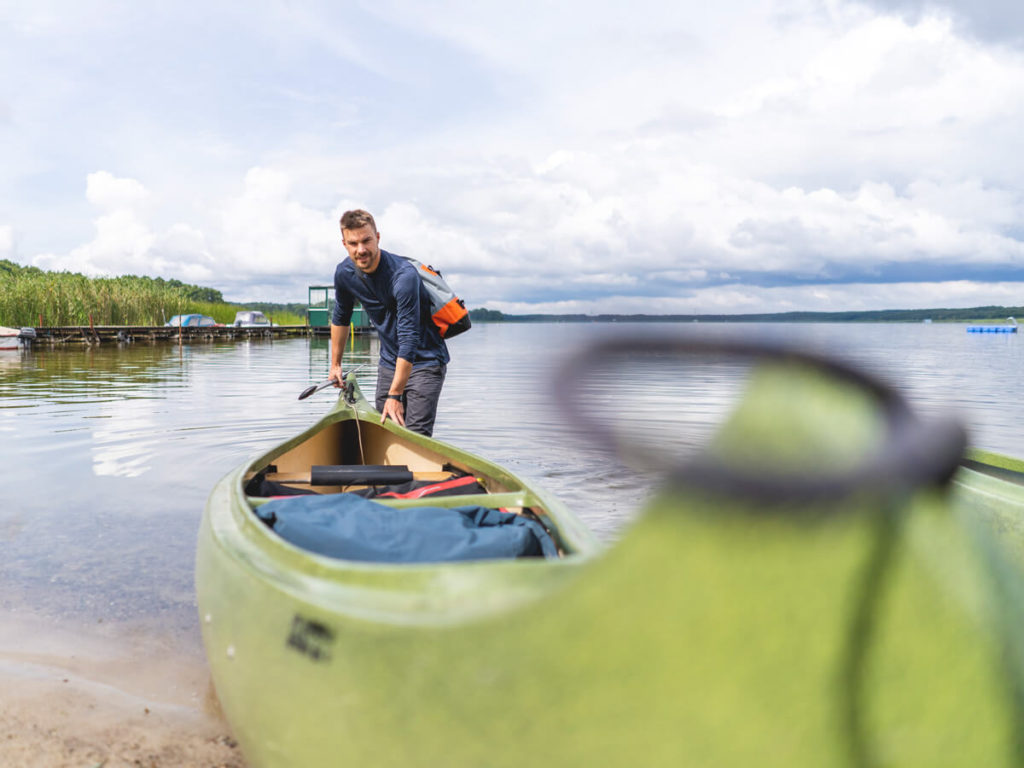

Along the beautiful Havel River
Along the Havel River, we found a small bay, which we used to moor. Always be careful when mooring and pay attention to any prohibition signs. Occasionally, there are nature reserves that are obviously off-limits. We discovered many places where people were definitely wild camping and even making campfires. Overnight stays are, of course, only permitted at official campsites or bivouac sites (which usually don’t require advance reservations). Please also don’t leave any trash in nature!
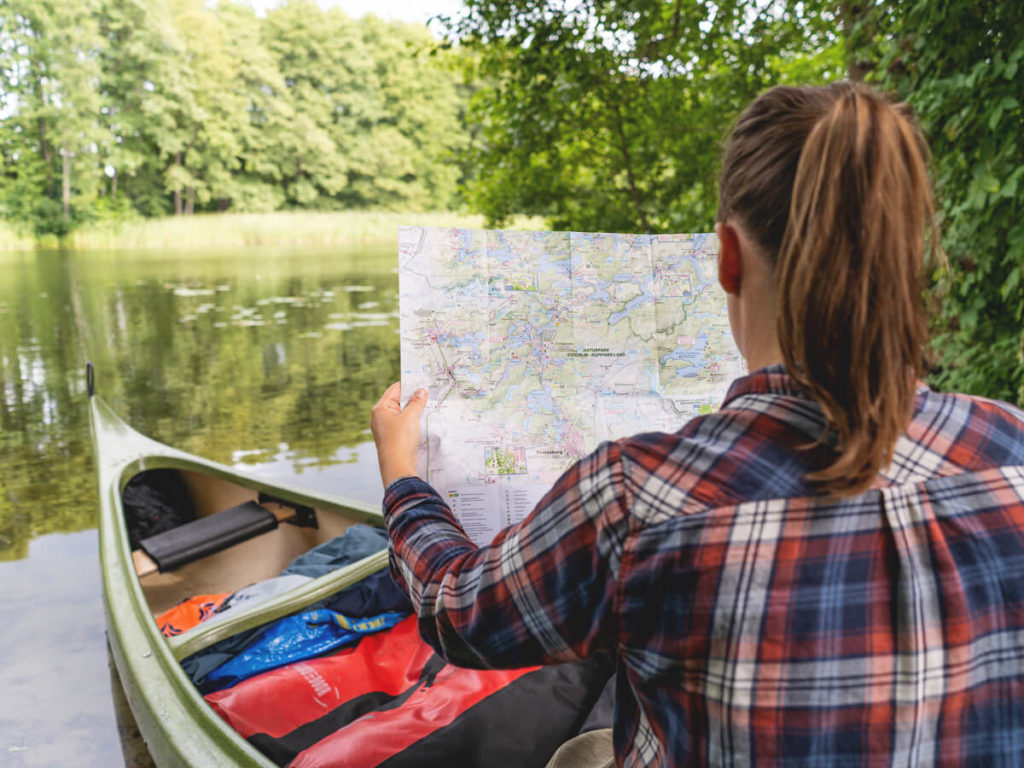

Fürstenberg – Germany’s Water Town
After our short break, we paddled further across the Havel and a little later reached Lake Baalensee and the pretty town of Fürstenberg. We paddled to a small swimming spot, where we pulled the boats out of the water and took a short break.
Micha and I then walked across the bridge toward the town center to get coffee and cake from the bakery. Fürstenberg is a small, very charming town that certainly has a lot to offer. However, our visit was far too short to draw a detailed conclusion at this point.
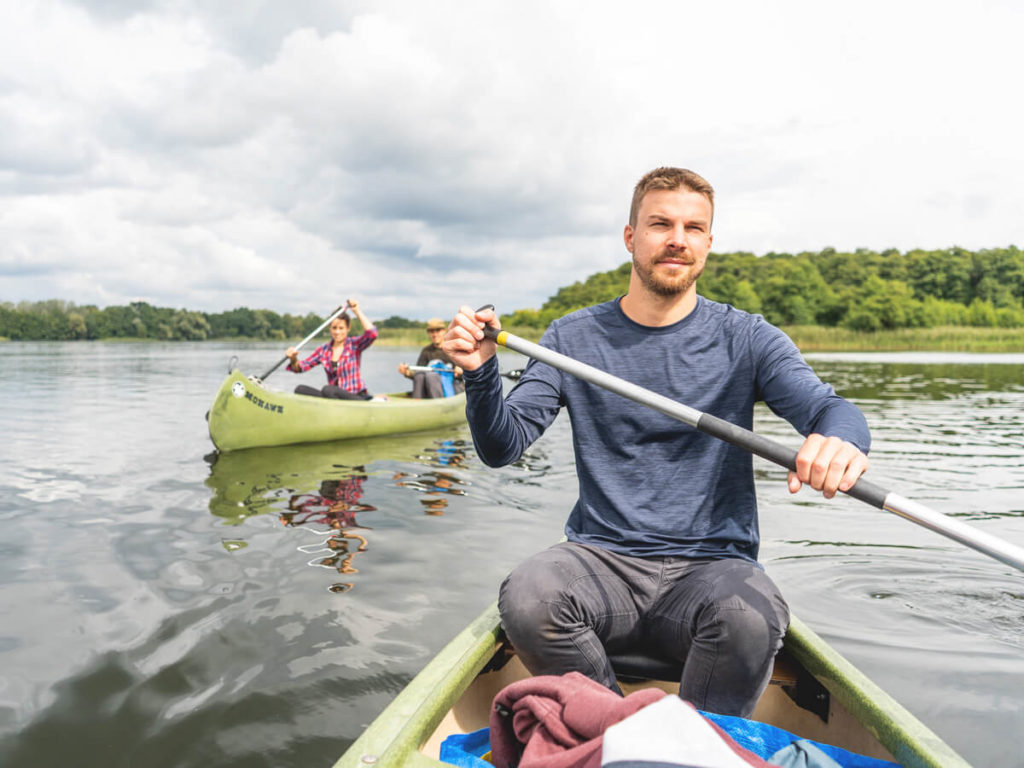

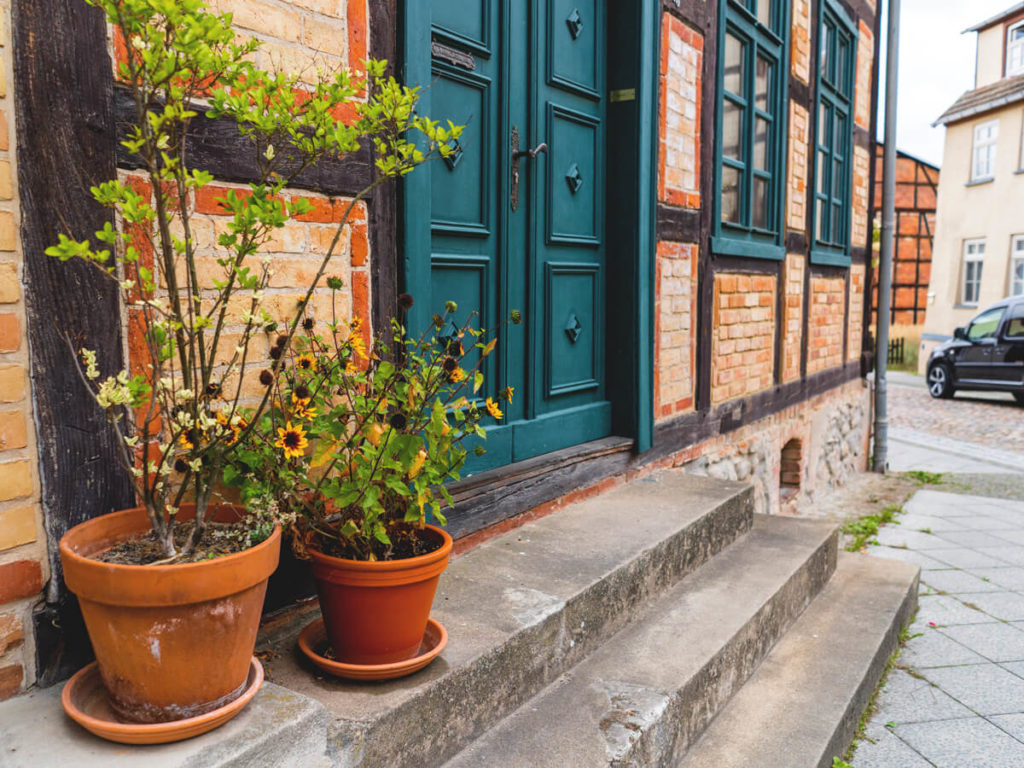



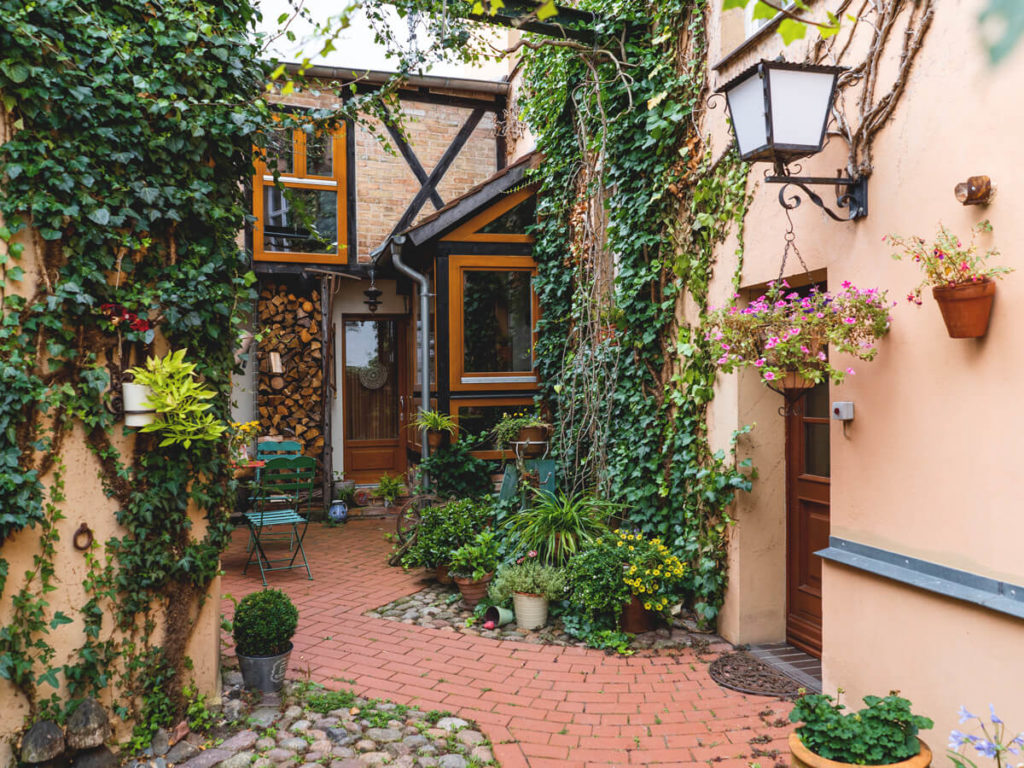

The coffee break did us all a world of good, and we were able to continue our journey feeling refreshed and full of energy. At the end of Lake Baalen, another self-service lock awaited us. This time, however, the entire procedure took considerably longer, as a larger group of young people and three houseboats had difficulty maneuvering the boats through the lock.
After passing the lock, we paddled for a while across the Schleusenhavel River before reaching the large Röblinsee. We were now in the middle of the lake when it started to rain, and we had to put on our rain ponchos again. We quickly crossed the lake, then reached the Havel River again and paddled to the next bay, as the rain was getting heavier.
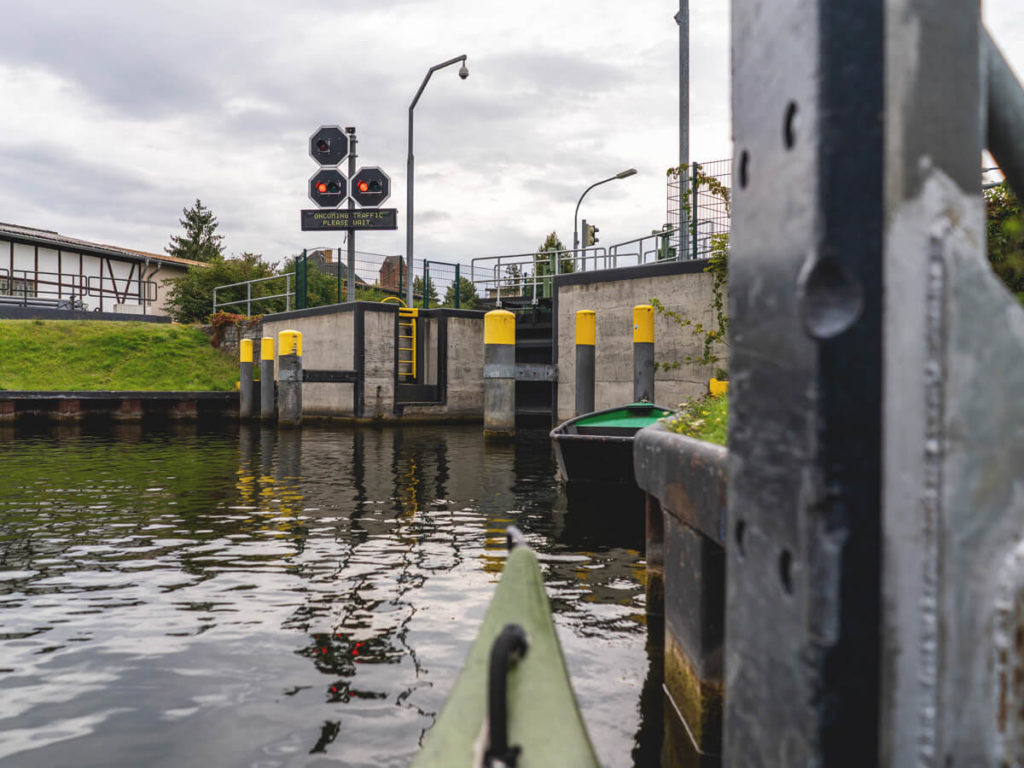

Water hike to the Steinförde bivouac site
It was raining so hard that at first we didn’t know what to do. The bivouac site in Steinförde was still about half an hour away, and there was even another lock in between. But we gritted our teeth, got back in the boats, and paddled through the pouring rain.
Everything was wet and damp, and our mood slowly began to deteriorate. Luckily, the lock keeper hurried and let us through quickly. Completely soaked, we reached the actually very nice bivouac site in Steinförde, which we had all to ourselves.
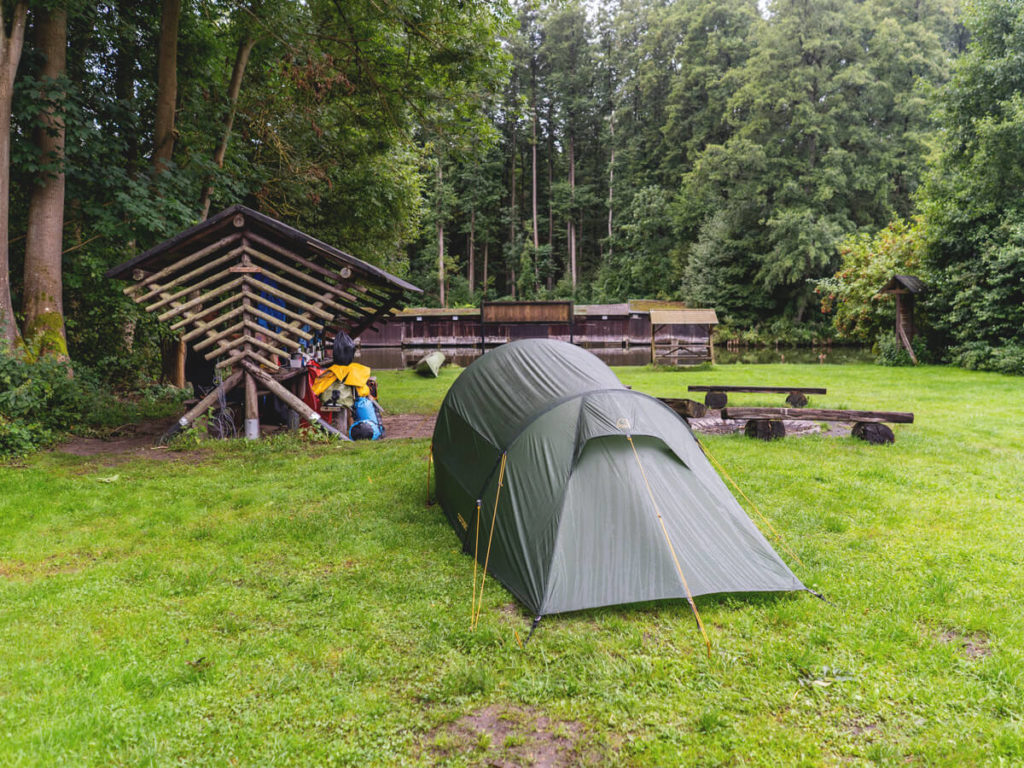

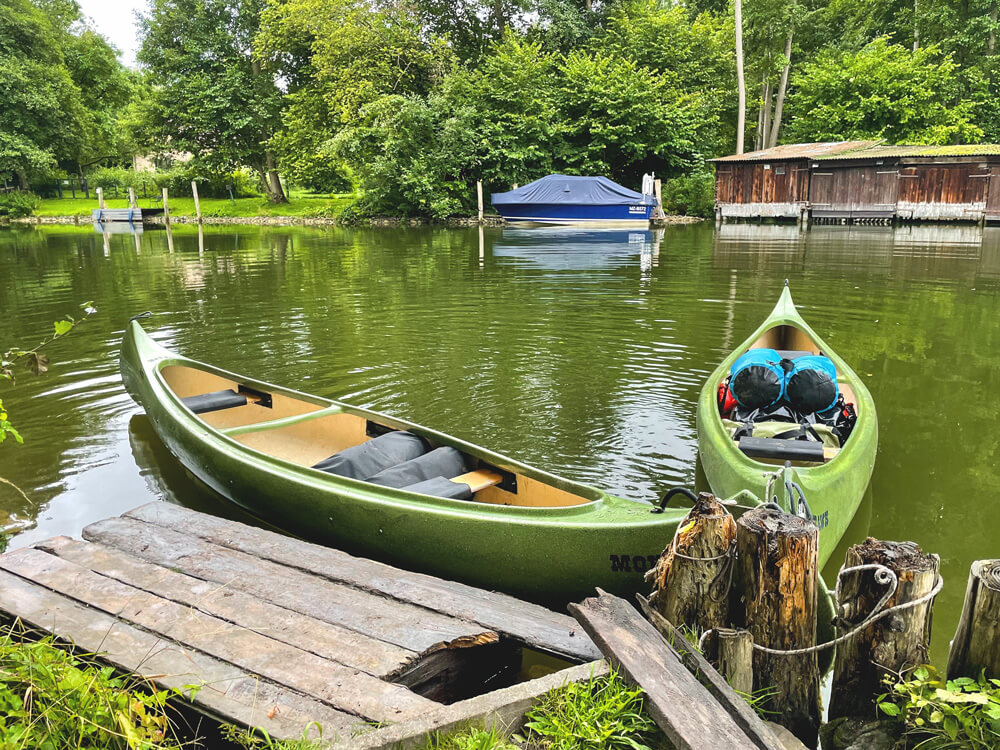

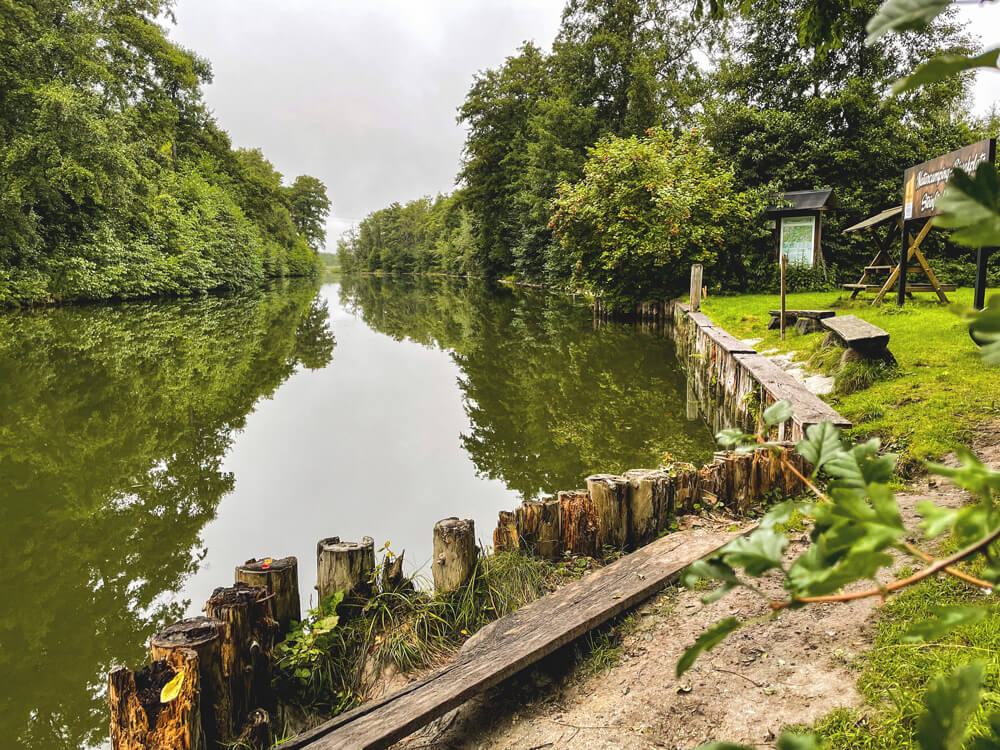

We took everything out of the boats, pulled them onto the pier, and tipped them upside down so all the water could drain out. Then we set up the tents, hung our wet clothes under the covered seating area, and put on dry clothes. The very nice groundskeeper came by, opened the toilet, took our details, and in the end, didn’t even want any money from us. What a trip! We rounded off this rainy day with beer and pasta, took one last look at the rain radar, and then snuggled up in our tents.
- Price: €6 for a 2-person tent, €3 for each additional person
- Kiosk & Snacks: not available on site
- Sanitary facilities: there is only a small dry toilet
- Camping area: very nice, right on the river, with a fire pit and benches
- Cell phone reception: relatively poor
Stage 4 – From Steinförde to Ellbogensee (6.8 km)
What a quiet night! We started the day relatively early, as the weather forecast looked anything but good for us. We wanted to at least reach the next campsite in the dry, and for this reason, we set off around 9 a.m. The first few meters took us across the Havel River before we reached the waters of Mecklenburg-Western Pomerania.
Originally, we wanted to go to the nearby campsite at Ziernsee, but we paddled on to Ellbogensee. According to the information online, we had gathered that the campsite at Lake Ziernsee didn’t have any shelter available for us. So we headed for the Havelperle campsite, which had very good reviews and made a great impression on us.
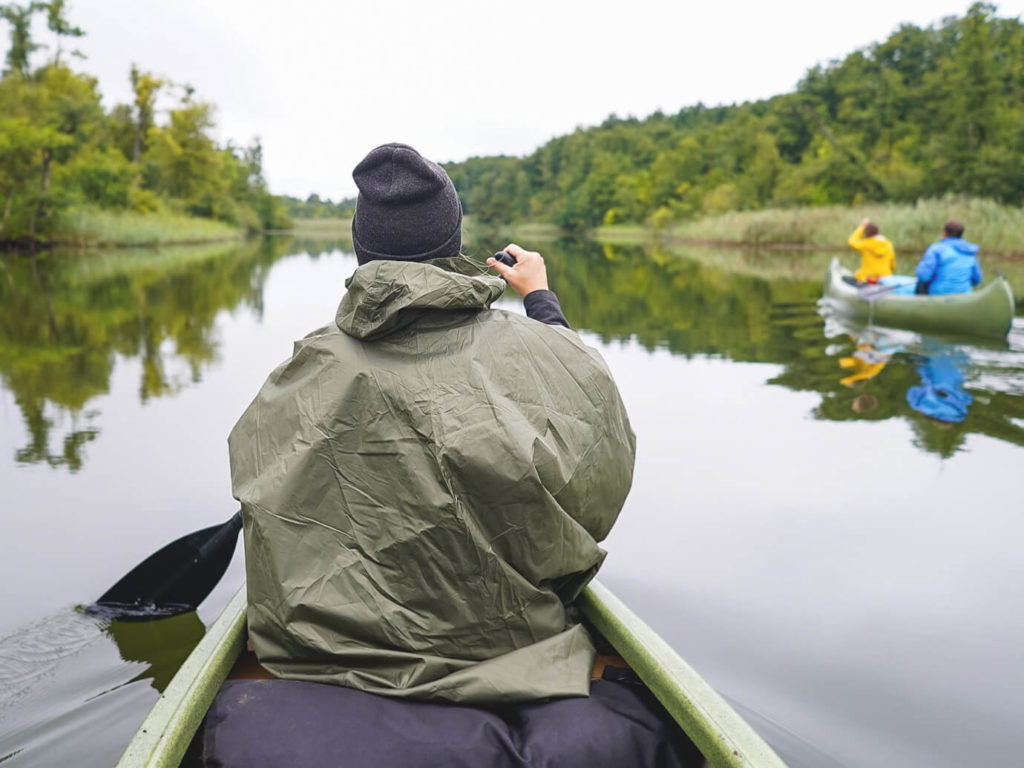

Although it was completely cloudy that day, and the next rain shower was lurking around every corner, somehow the mood was still great. We paddled quite quickly across the lake, as we absolutely wanted to reach the campsite with dry feet. But of course, this plan didn’t work out, and it started to rain again. Somehow, the weather gods weren’t on our side. But we were prepared for it and didn’t worry about it. So we paddled through the rain for the last 30 minutes before finally reaching our destination for the day, the Havelperle campsite.
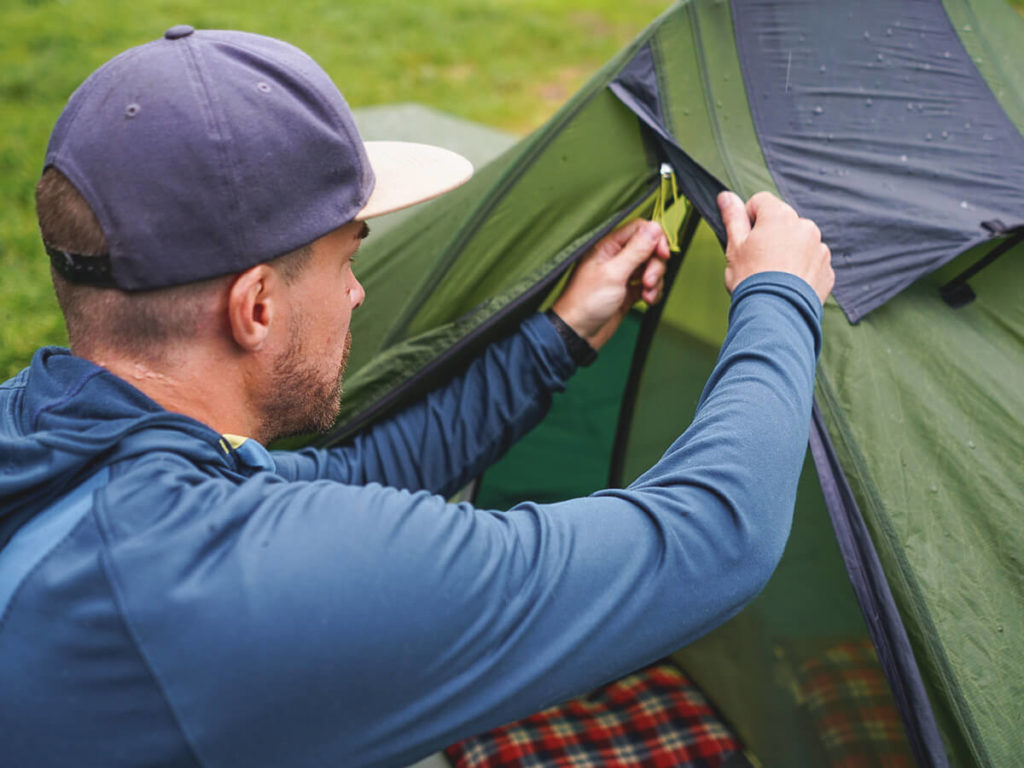

We checked in at the reception, quickly set up our tents, and treated ourselves to a warm shower. Afterward, we crawled into our tents, rested a bit, and in the early evening, headed over to the harbor restaurant at the Priepert marina (reservations recommended). Here, we let the day come to a close, chatting about everything under the sun, enjoying the delicious food, and taking another look at the weather forecast. Rain was forecast for the entire next day, and it quickly became clear to all of us: We’d have to wait it out, for better or for worse!
Havelperle Campsite
The campsite is located to the north of Lake Ellbogen, right next to the Priepert marina. We planned to spend the next two days here and ride out the heavy rain as comfortably as possible. The site has a large tent area on the shore, covered seating, showers, restrooms, a kiosk and snack bar, cottages, RV sites, fire pits, a swimming area, and a laundry room with washing machines and dryers. The croissants and rolls, which you can order for breakfast, are highly recommended. And the cappuccino tastes very good too.
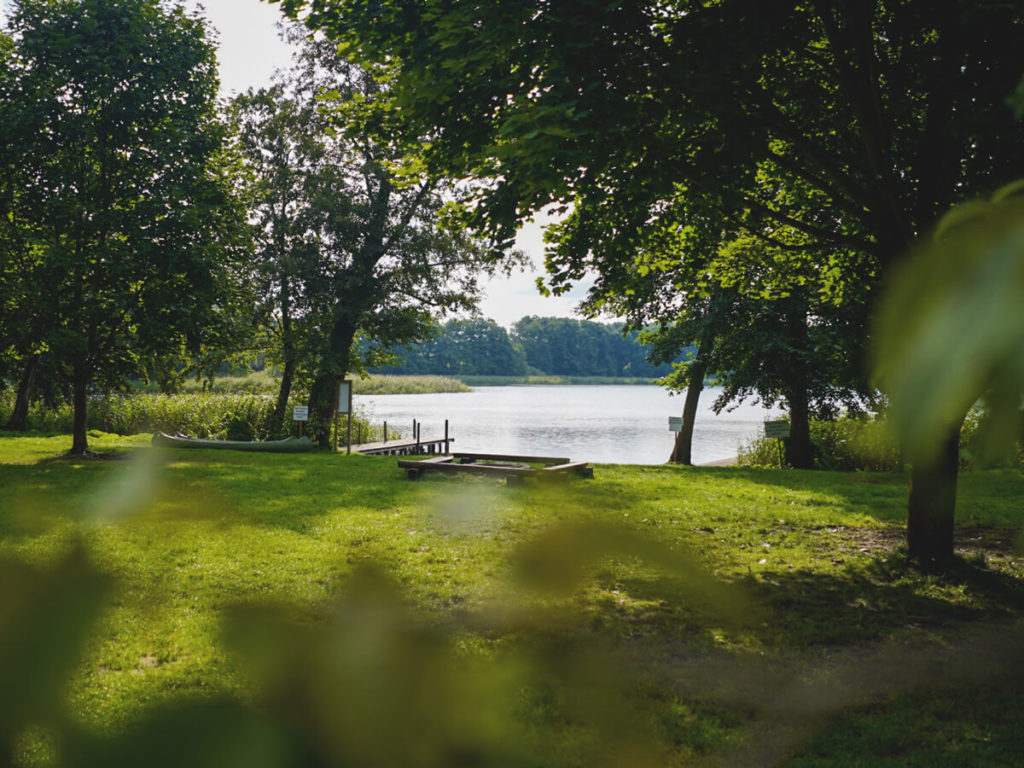

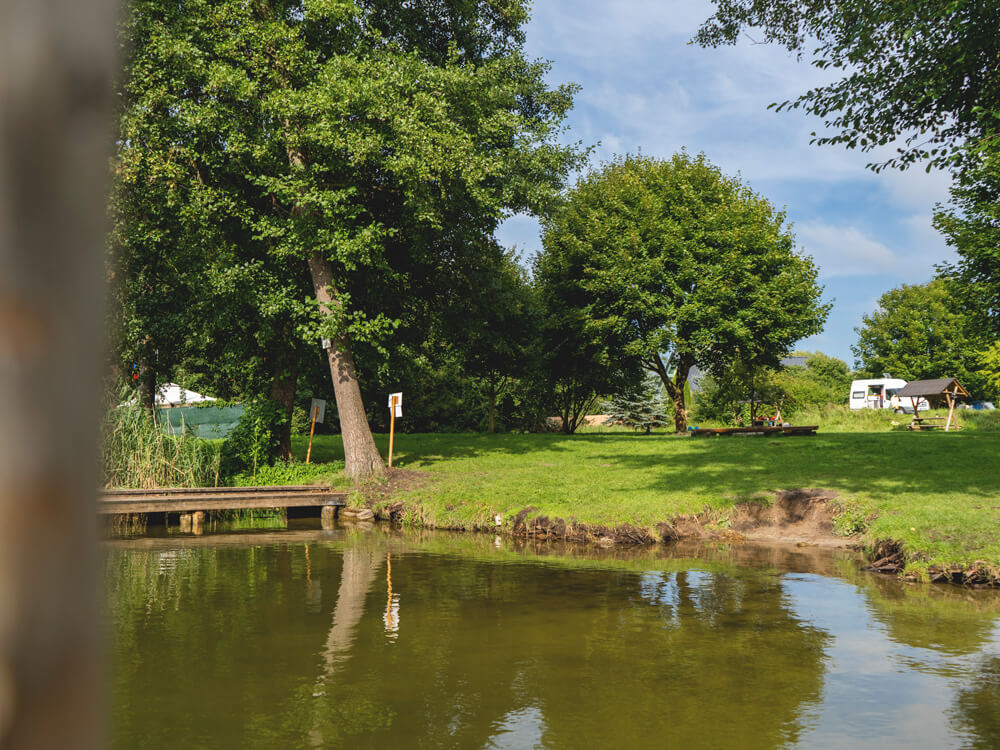

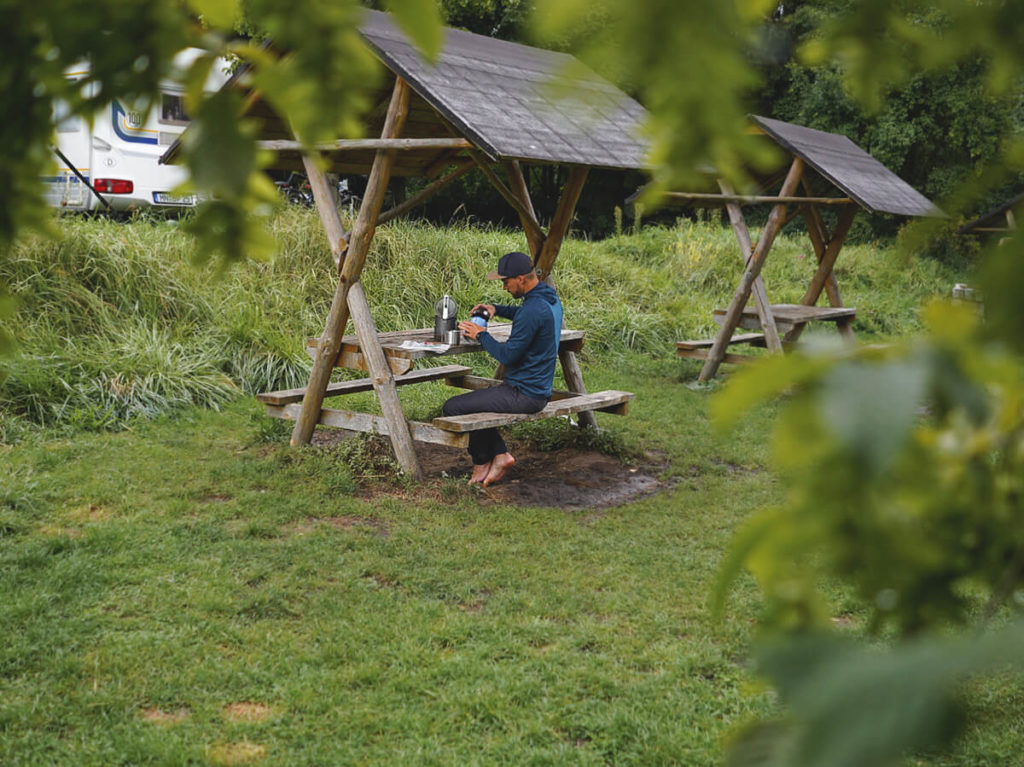

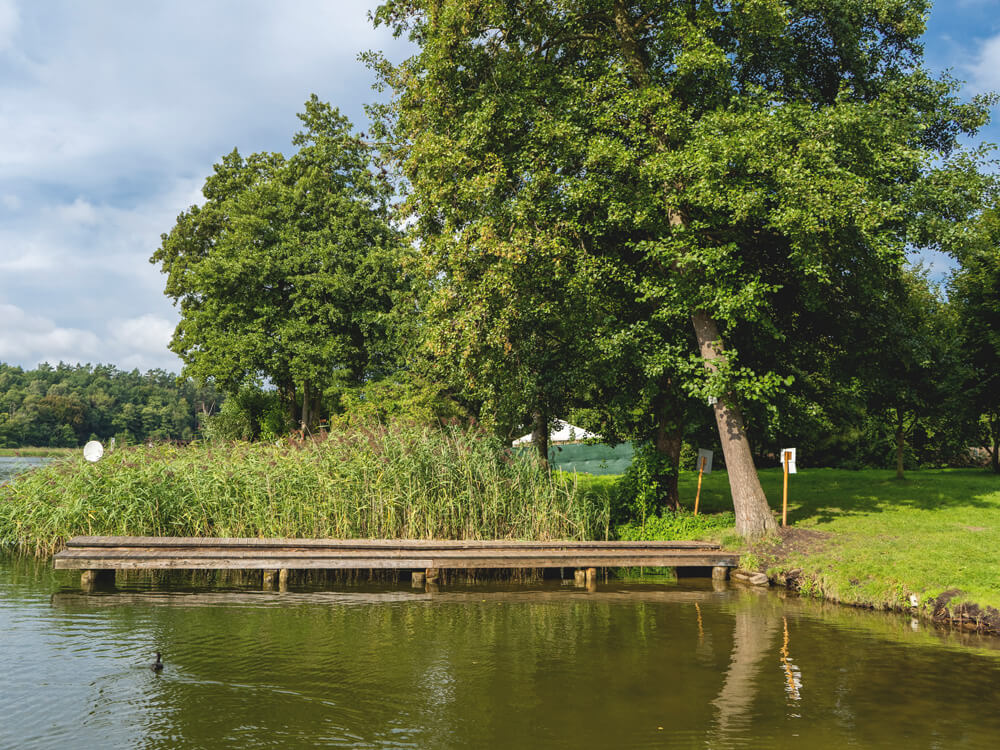

- Price: €8.50 per person including tent and tourist tax
- Shop & snack bar: available on site (but the shop is very expensive)
- Tip: The food in the harbor restaurant is delicious!
- Sanitary facilities very clean and spacious
- Cell phone reception: quite okay; There is free Wi-Fi, however.
- Camping area: large camping area with covered benches.
- Power outlets: in the sanitary facilities.
- Bread roll service: order the day before in the shop.
- Recreational room: no, but there is a covered terrace at the kiosk.
- Showers: €1 for 3-5 minutes (depending on the shower).
1 day break – 24 hours of rain.
We had to change our tour a bit and decided to spend the entire next day at the campsite. Although we lost a whole day, we were able to rest our tired muscles a bit. It rained continuously for almost 24 hours, and it wasn’t until around 7 p.m. that we were able to slowly crawl out of our tents.
During the day we lay around in our sleeping bags, got cake and coffee from the kiosk, watched YouTube videos or strolled around the square whenever it stopped raining for a short moment.After theWhen the rain finally stopped, we had a delicious BBQ and a great campfire in the evening.
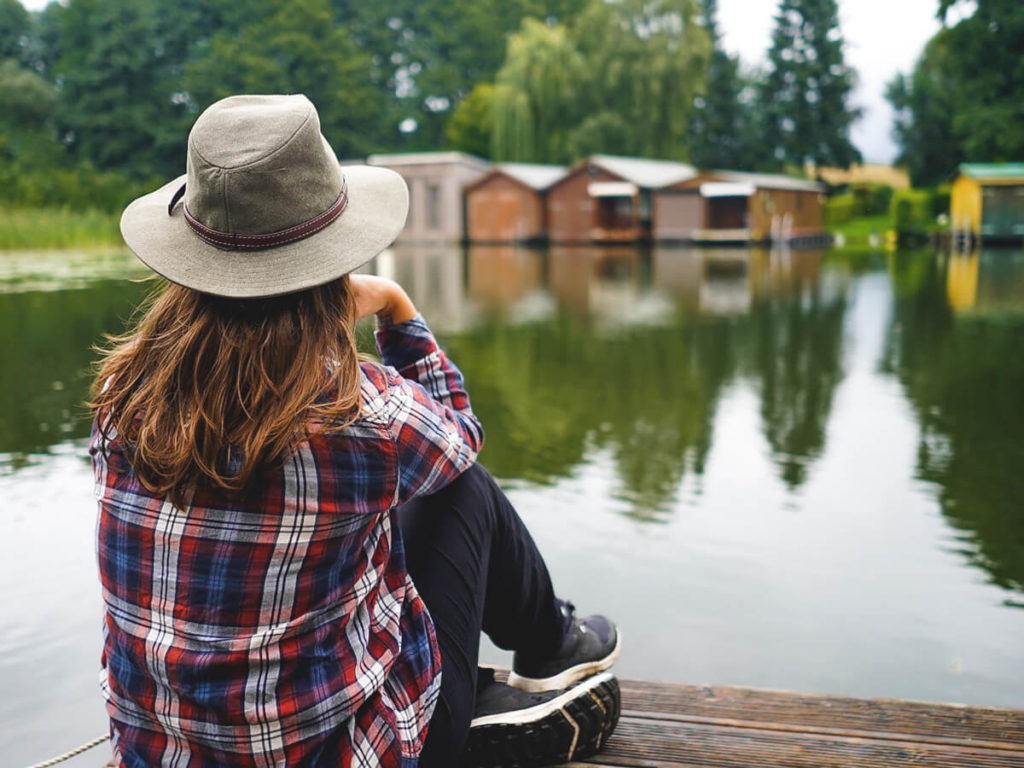

Stage 5 – From Ellbogensee to Drewensee (8.3 km)
We were really looking forward to the last three days, because the weather was finally good and the sun was shining. Full of energy and in a good mood, we paddled from the campsite, turning right onto the Havel, and then across the Großer and Kleiner Priepertsee. The individual sections across the Havel were once again beautiful, so we took the opportunity to take a short break. Every now and then you will find small indentations that you can use to moor. You should always have enough drinks and snacks with you for the daily stages, as this makes the breaks twice as much fun.
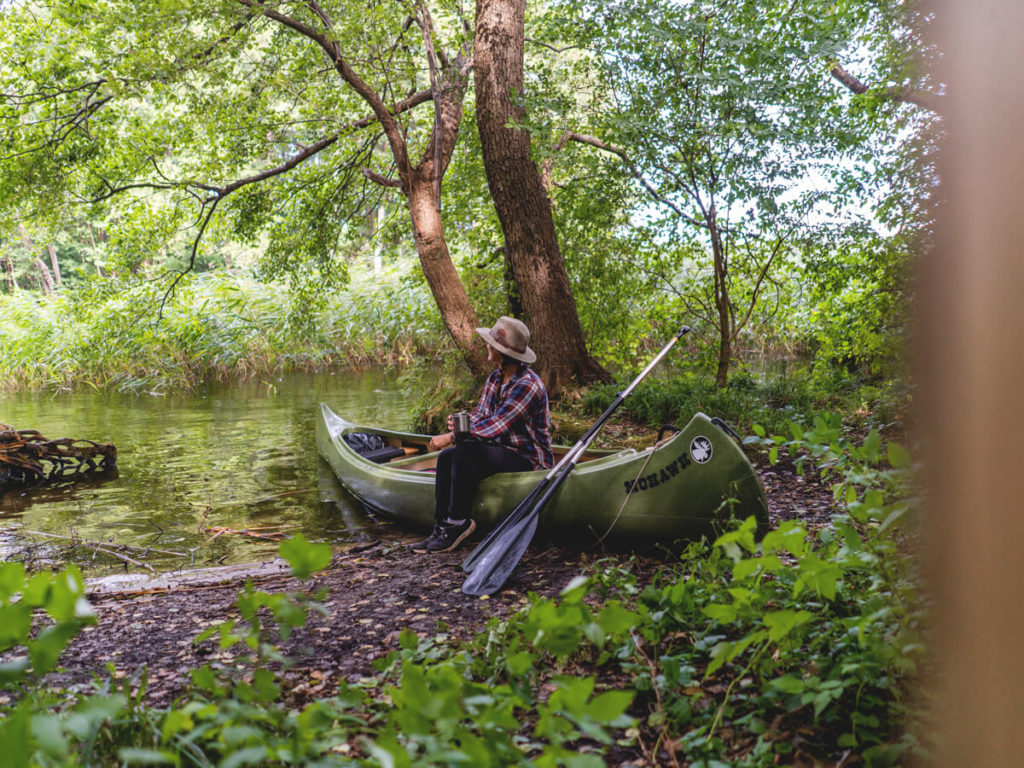

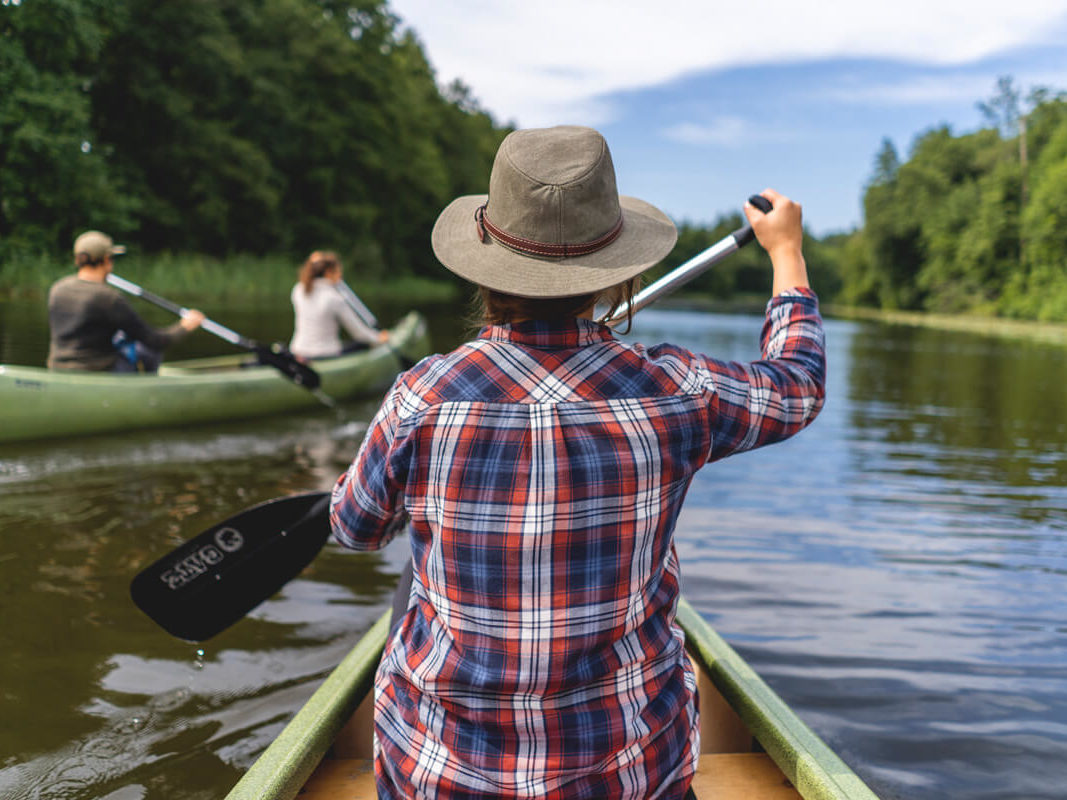

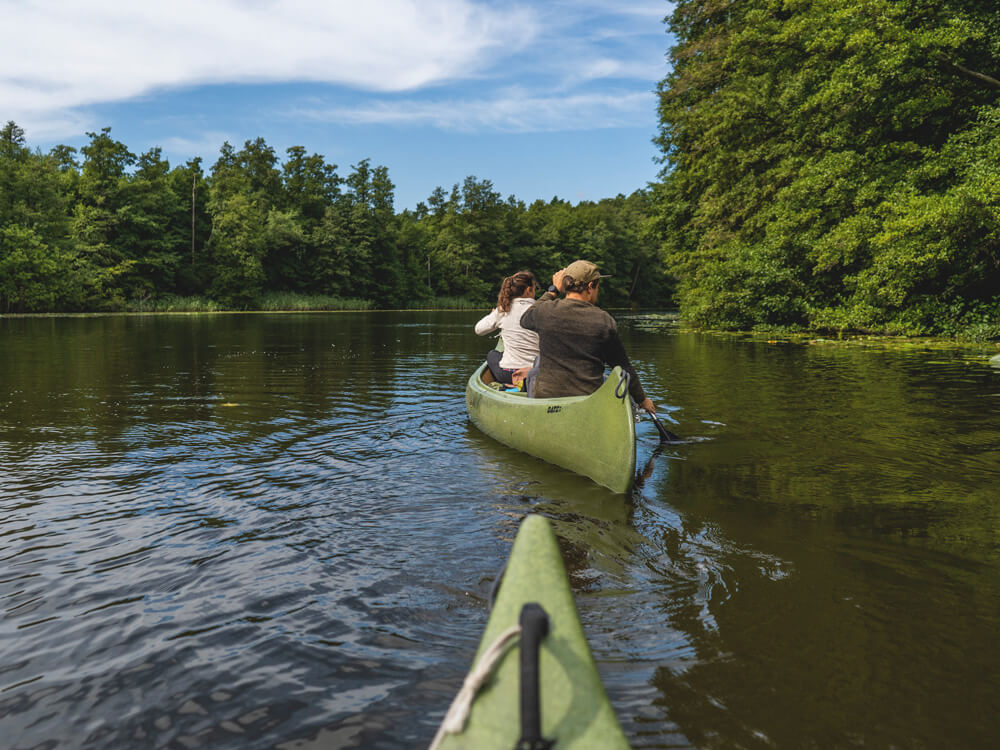

The Ahrensberg House Bridge
At Lake Wagnitz, we turned left and had another 1.5 kilometers of the Havel ahead of us. We enjoyed the beautiful weather to the fullest, drifted across the Havel, and a little later reached the pretty Ahrensberg House Bridge and the small snack bar “Beim Fischer”. We moored here again for a short break.
The snack bar sells mainly fish, but also drinks, ice cream, and coffee. We highly recommend this spot for a break; it’s truly idyllic. You can also moor your houseboat there or reach the snack bar on foot from the bridge.
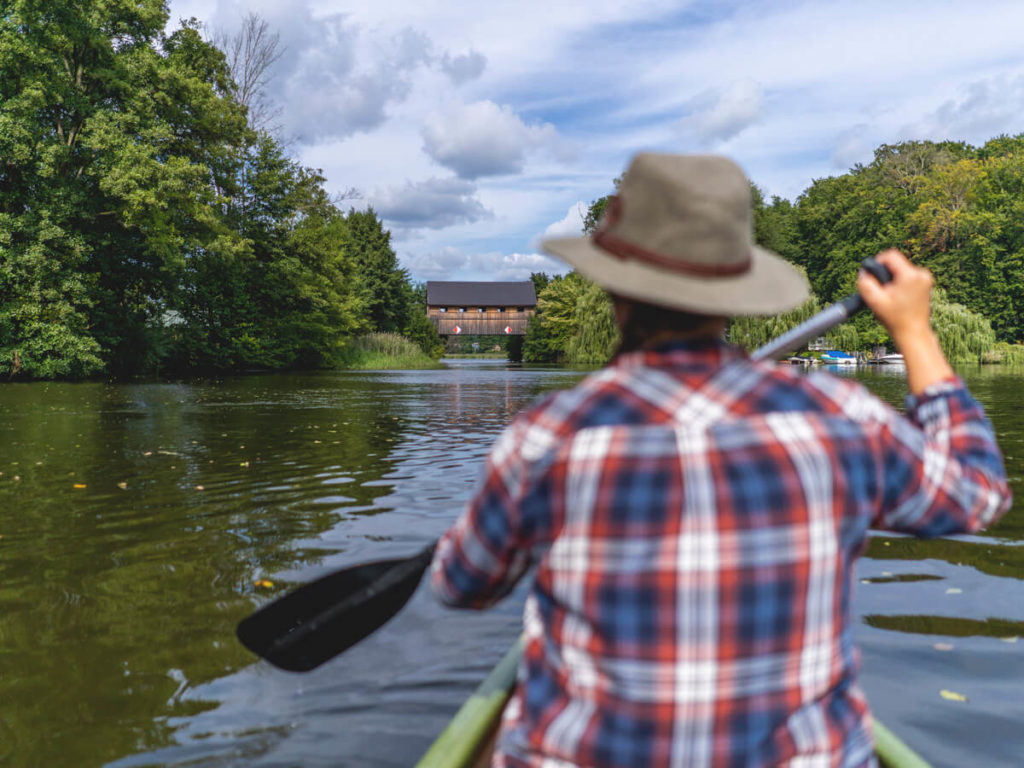

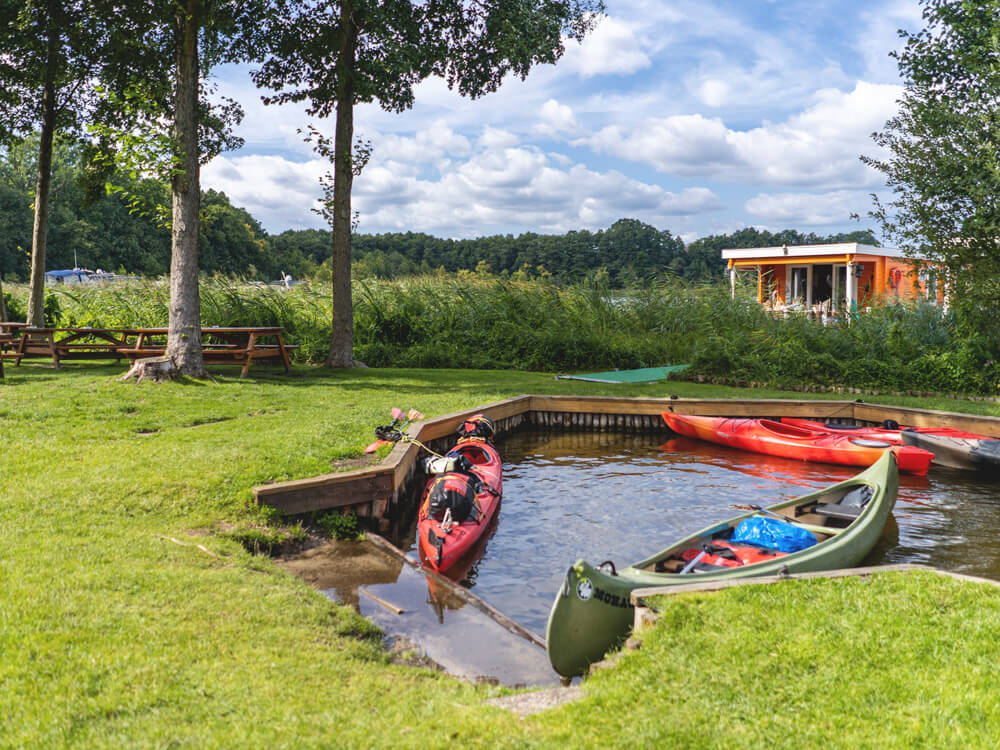

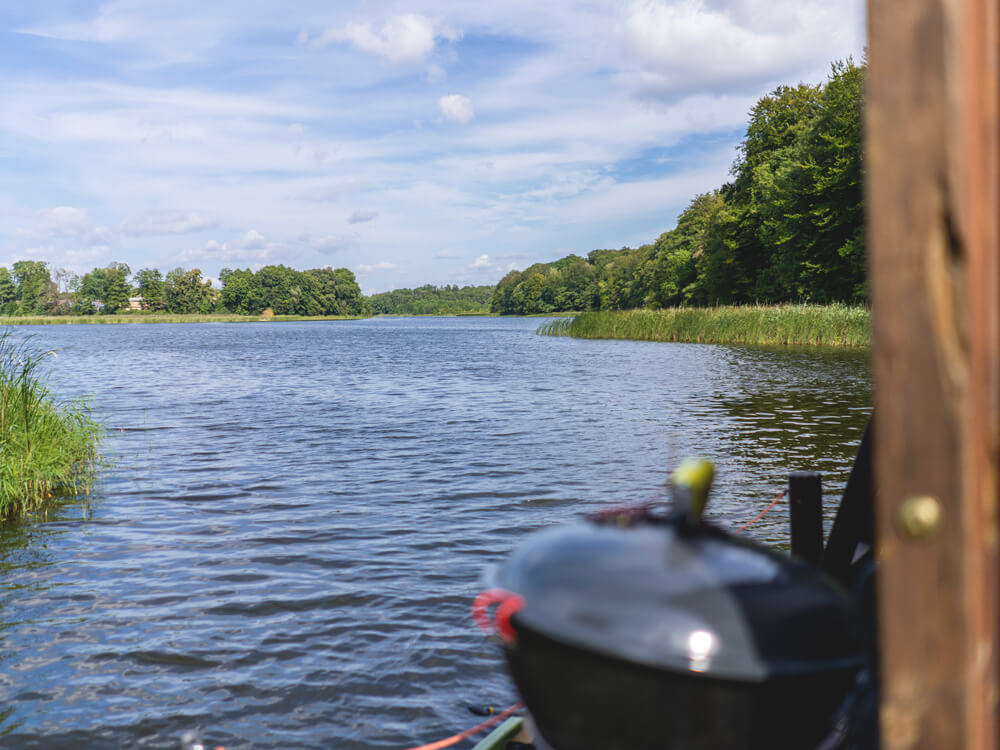

Water Hiking – The Last few meters to the finish
After our relaxing break, we returned to the boats. Now we had another 2.4 kilometers to go. We paddled past a beautiful estate with a pavilion and jetty, which is idyllically situated right on the lake. Ah… wonderful! Paddling was twice as much fun in the sunshine! Incidentally, 85% of the 1,117 lakes are connected by canals and rivers. It’s no wonder, then, that the Mecklenburg Lake District is the largest contiguous lake region in all of Europe.
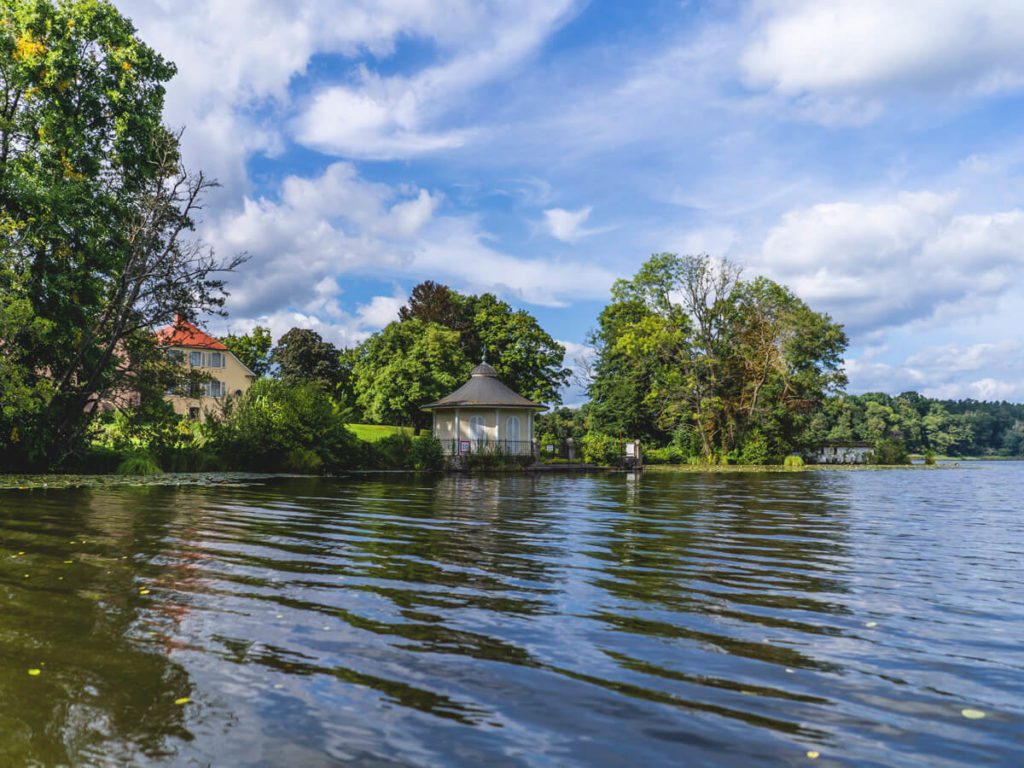

Drewensee Campsite
In the early evening, we reached the campsite at Drewensee. We pulled the boats out of the water, placed them upside down on the boat racks, and brought our luggage over to the large camping area. The campsite is very large, has spacious restrooms, a small shop with a bread delivery service, a restaurant, a high ropes course, a canoe center, a small harbor, as well as holiday homes and mobile homes.
After us, a few young tour groups arrived by kayak, so the camping area quickly filled up. After the tents were set up, we prepared dinner and made ourselves comfortable in front of the tents. A wonderful day was slowly drawing to a close under a starry sky.
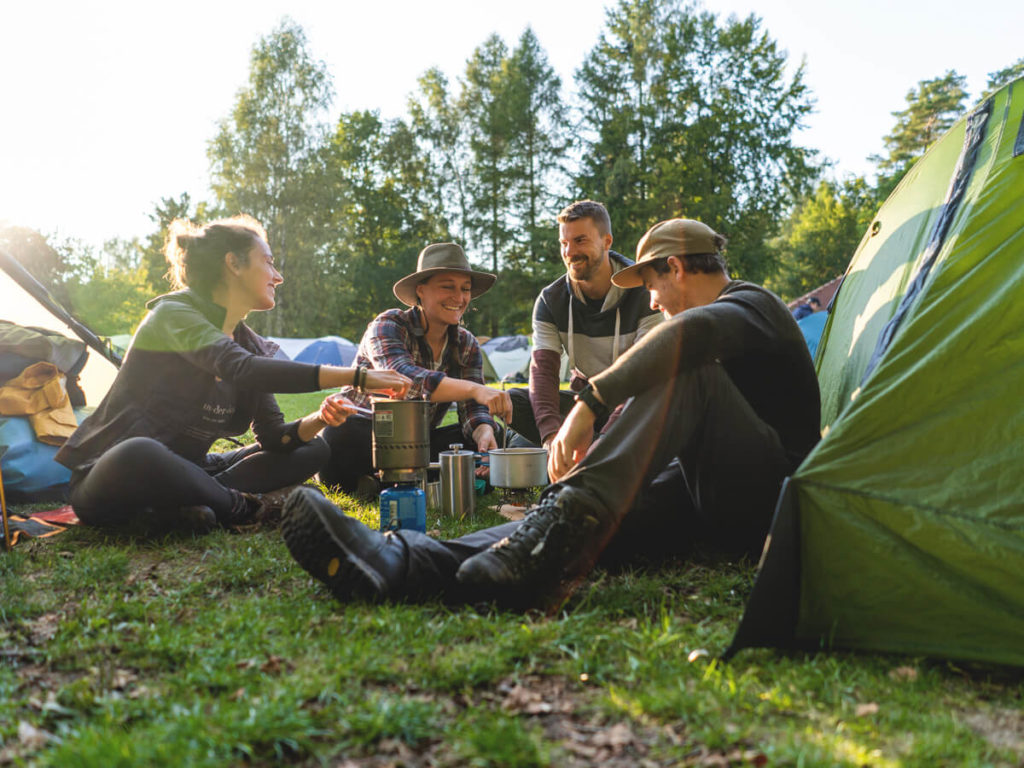

- Price: approx. €11 per person including tent and tourist tax
- Shop & Restaurant: available on-site (very inexpensive)
- Sanitary facilities very clean and spacious
- Cell phone reception: very good
- Camping area: large camping area with covered seating
- Power outlets: in the sanitary facilities
- Bread roll service: order the day before in the shop
- Recreational room: no, but there is a pavilion with benches
- Showers: €1 for 3 minutes (depending on the shower)
Stage 6 – From Drewensee to Großer Labussee (16.1 km)
That morning, we didn’t yet know that a tough 16 kilometers lay ahead of us. The last stage was once again challenging, but also awaited us with many great highlights. After we had taken down the tents and stowed our luggage in the boats, we set off paddling. The first few meters led us back toward the Ahrensberg wooden bridge. Shortly before, however, we turned right onto the Havel.
This section was once again truly beautiful; this time we encountered significantly more boats, houseboats, and paddlers. After about 2.7 kilometers, we reached the entrance to the beautiful Schwaanhavel. Of course, we couldn’t miss this opportunity and paddled a few more meters on this tributary to take a few photos. We were also on the Schwaanhavel during our last tour – check it out here: Stage 3.
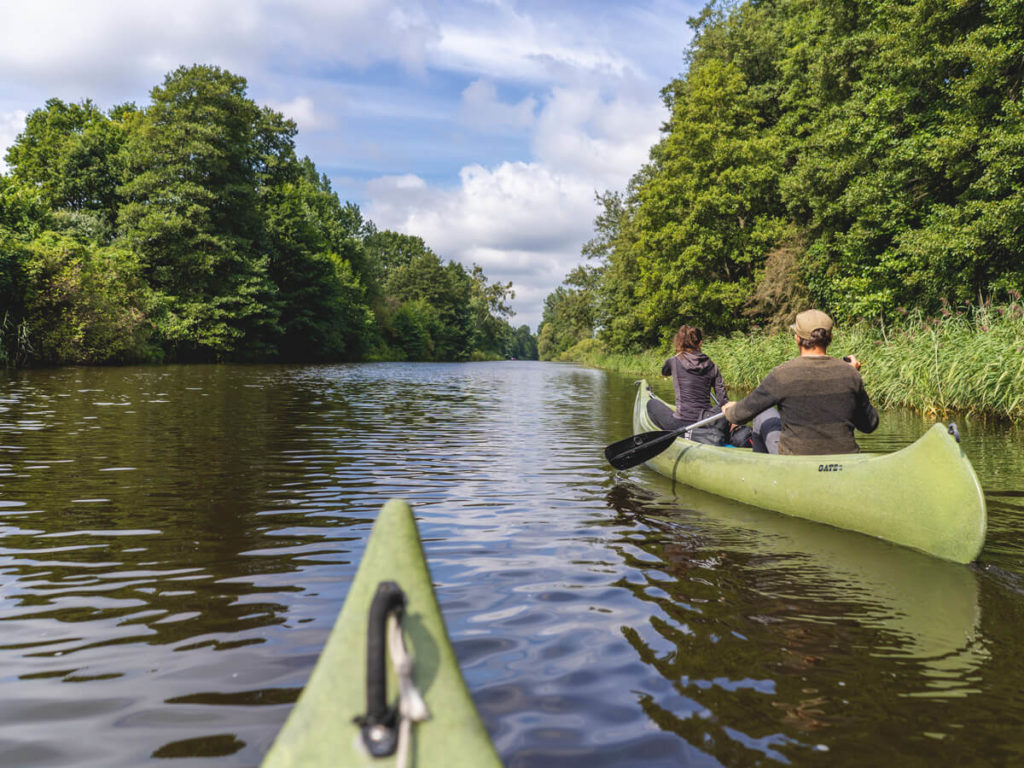

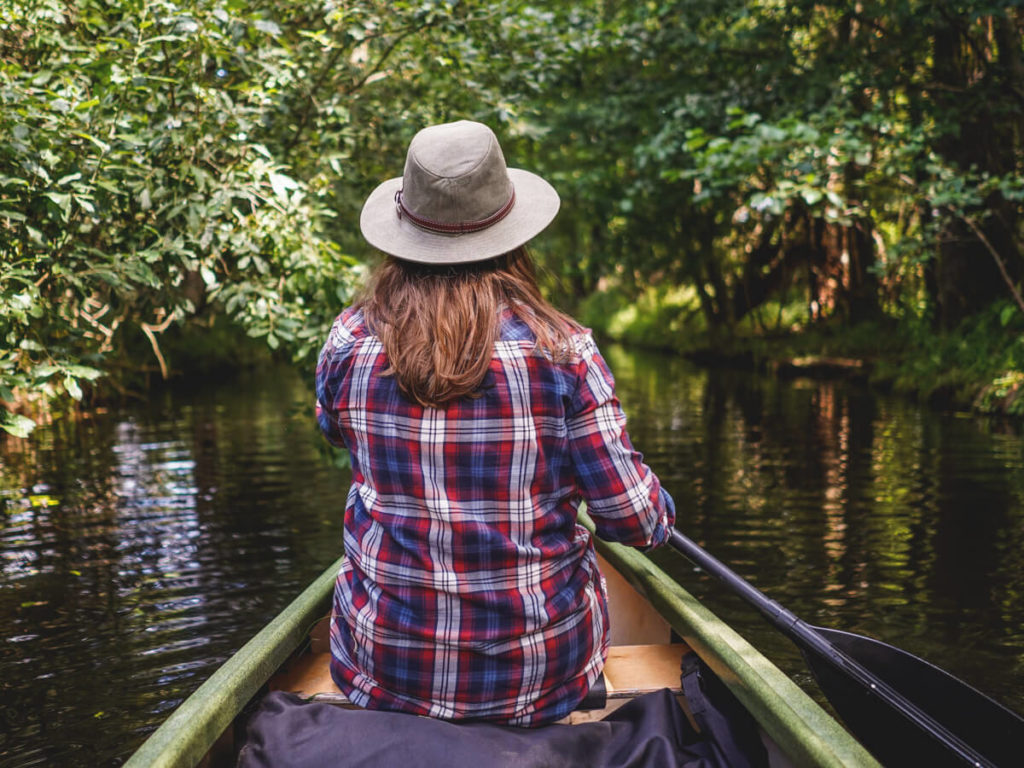

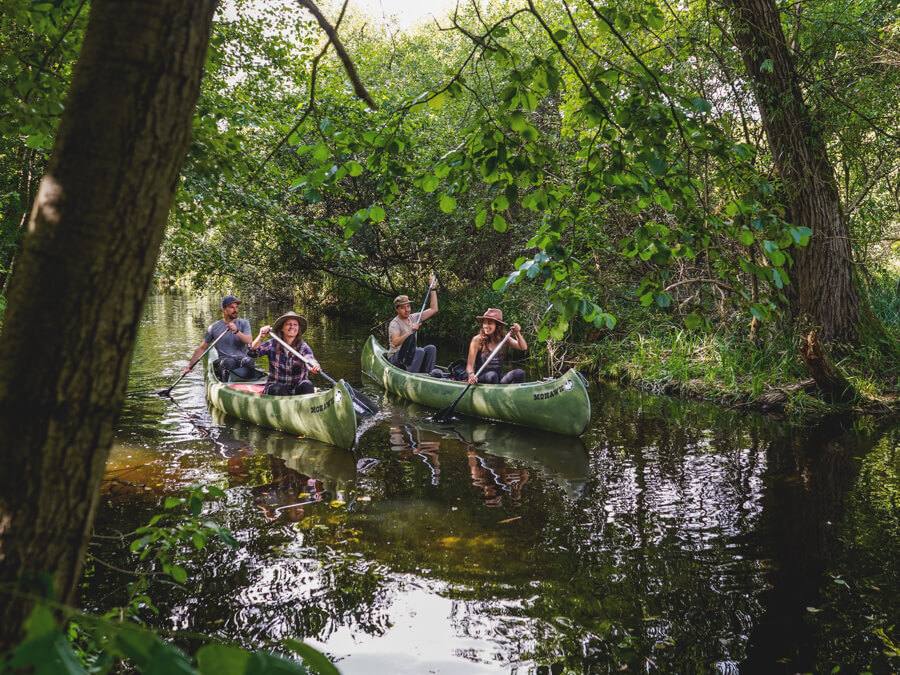

The Café at Lake Woblitz
After the detour, we paddled back and continued along the Havel to the lock in Wesenberg. We lined up behind the other boats and waited for our go-ahead. After about half an hour, we were able to continue our journey and paddled out onto Lake Woblitz.
Here we kept a sharp left, because the “Café am Woblitzsee” was waiting for us nearby. You definitely shouldn’t miss this café! The homemade cake was truly delicious, as was the coffee. The café also offers a magnificent view of the lake.
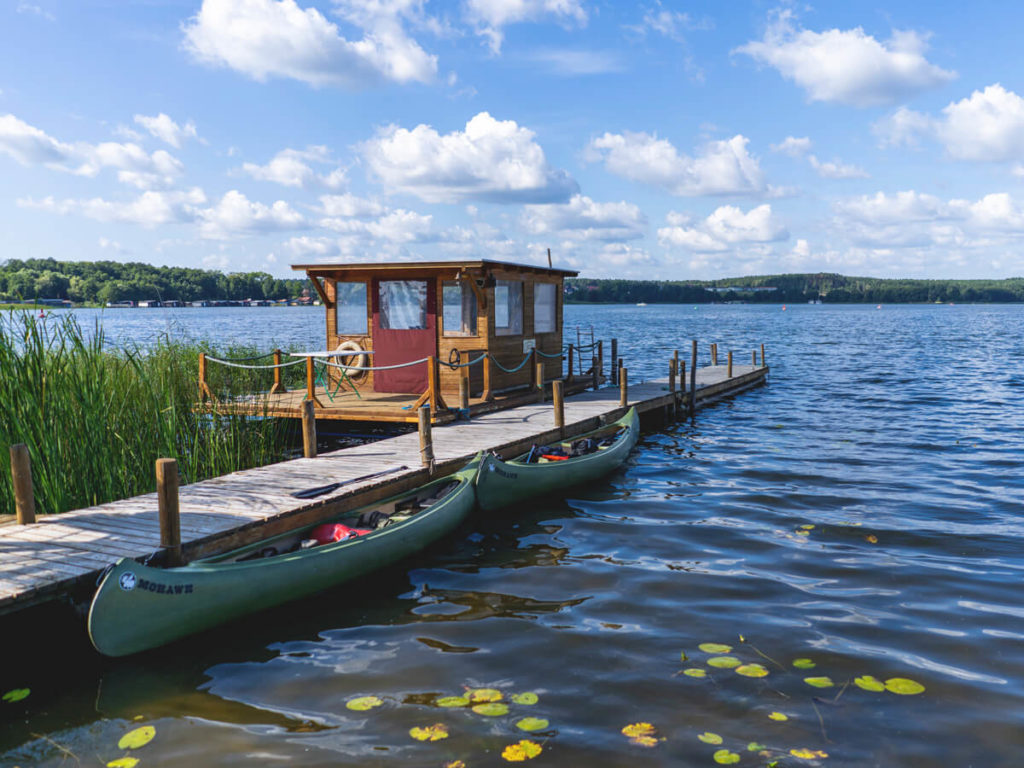

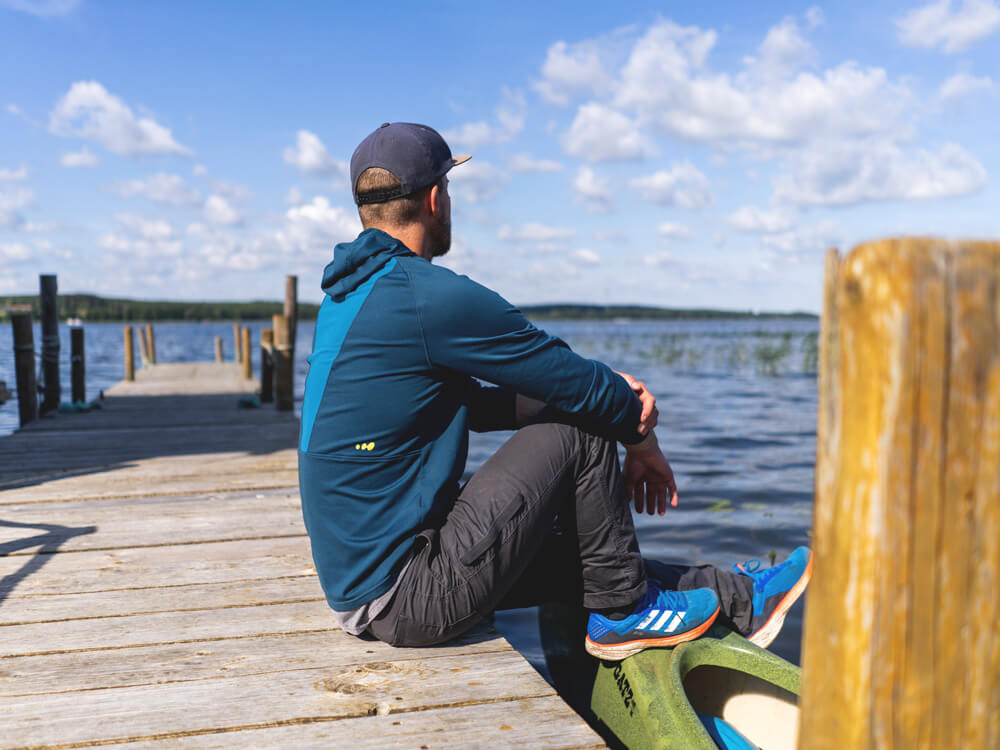

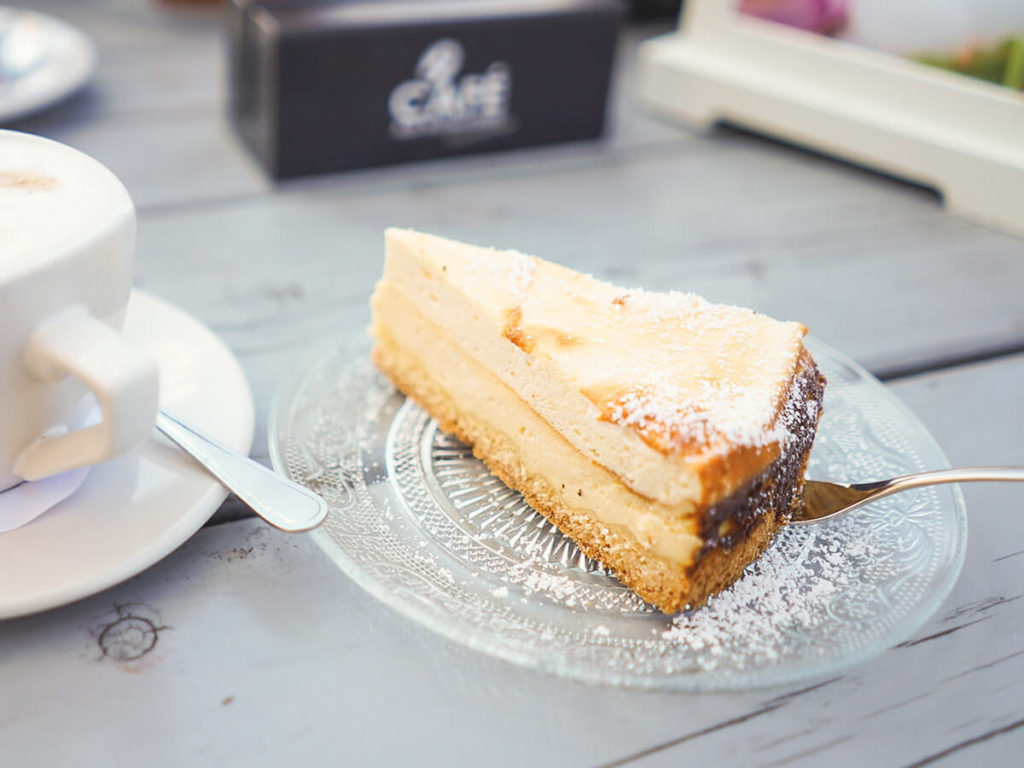

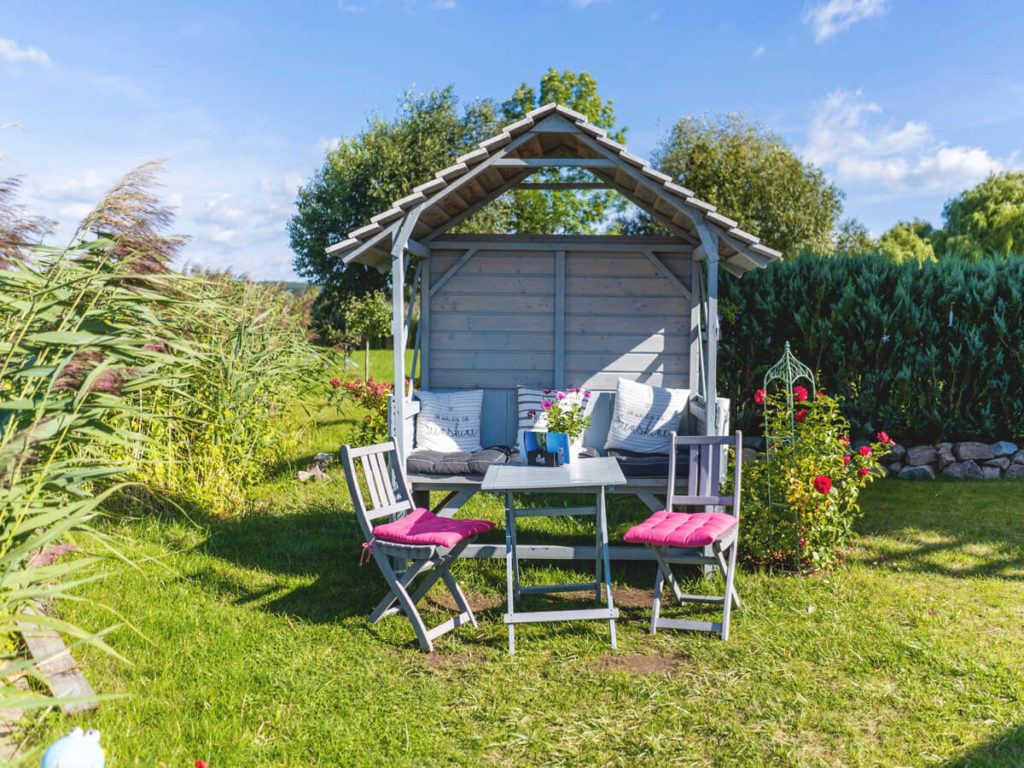

Water Hike across Lake Woblitz and Lake Labus
We took our time that day and strolled around a bit. None of us really wanted to paddle across Lake Woblitz. But we had no other choice. It took us almost an hour to cross the large lake. On the way, we stopped at the Havelberge campsite to do some shopping at the very well-stocked supermarket.
Afterward, we continued across the Havel to Lake Labus. Here, we could already see our destination for the day from a distance, but we still had another 1.5 kilometers to go. In the early evening, we reached the campsite on the Zwenzower shore, completely exhausted but happy.
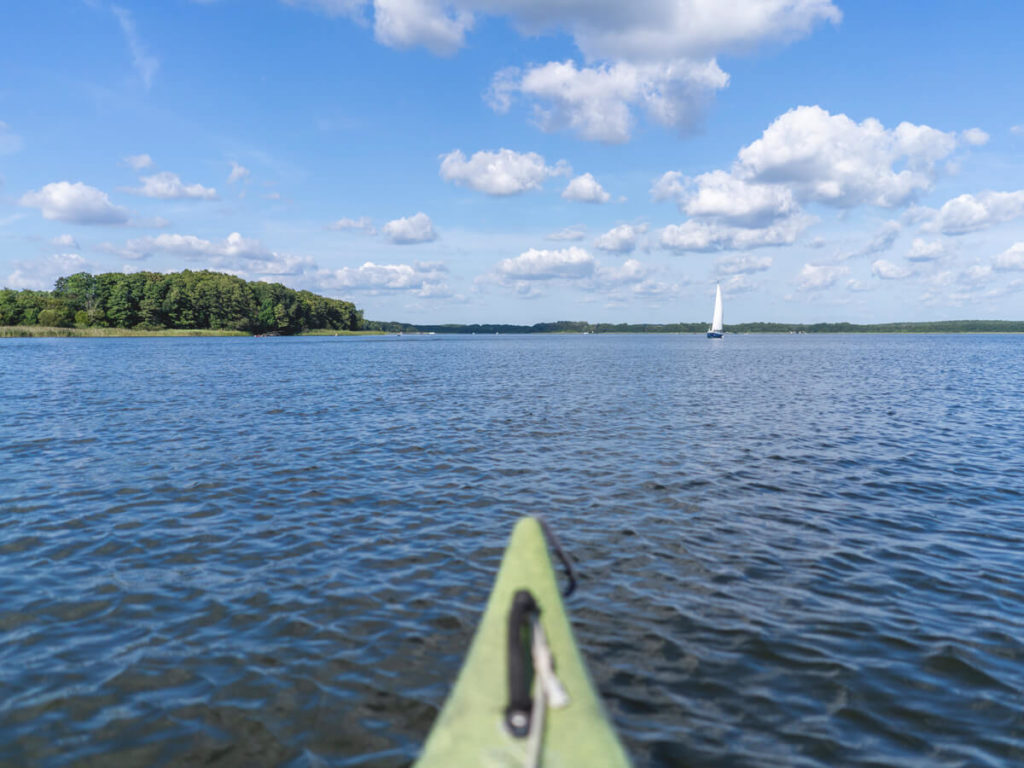

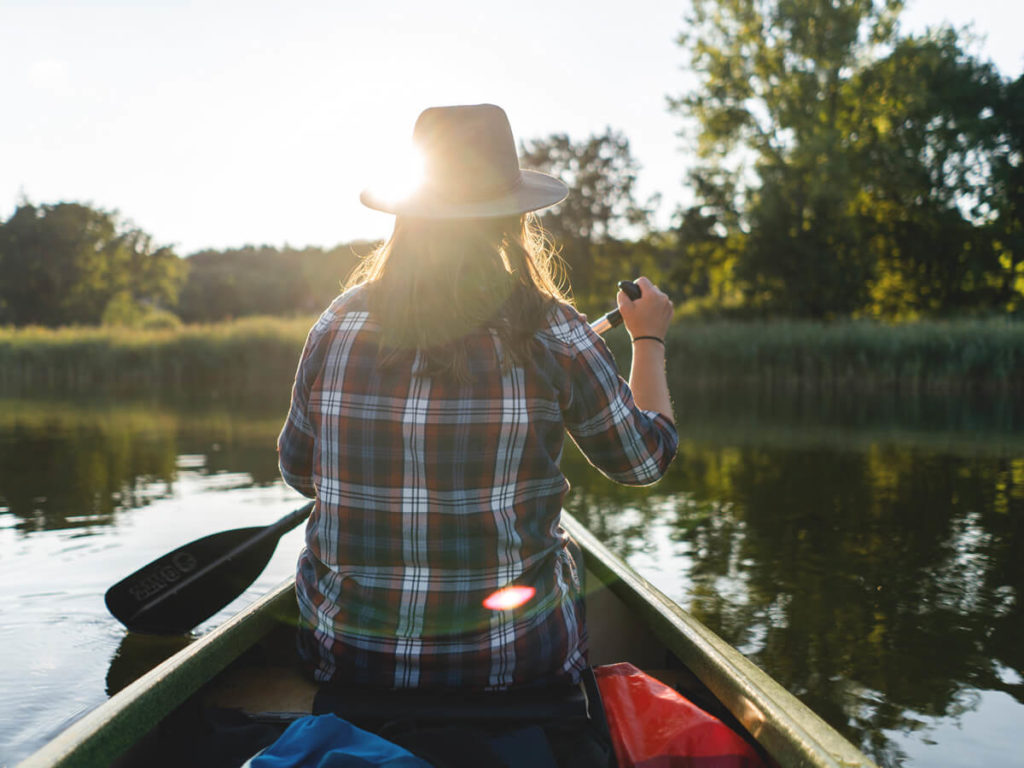

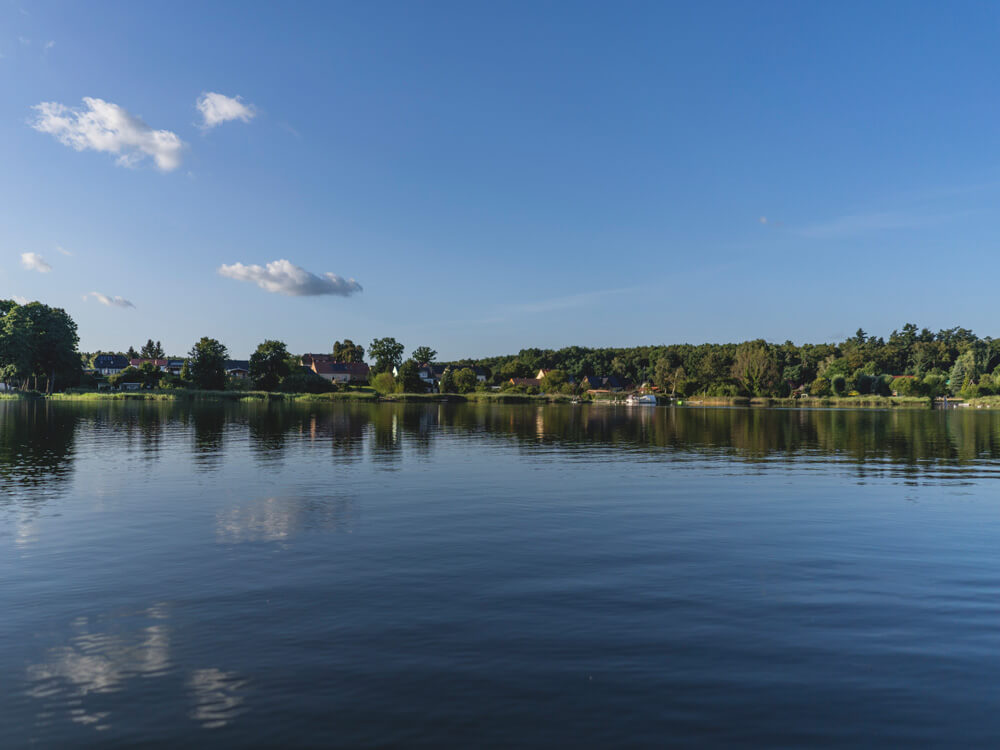

Campingplatz am Zwenzower Ufer
The campsite on the Zwenzower Ufer is located on the northern shore of Lake Labussee, right next to Lake Userin. We spent the last night of our trip here. The site is primarily designed for RVs and permanent campers, but there is still a small camping area for water hikers.
On-site, there is a snack bar, a small shop, comfortable restrooms, a children’s playground, boat docks, washing machines and dryers, and a sauna. We set up our tents next to the large pavilion and then enjoyed a warm shower. The site is very clean, but for us it still had little camping charm.



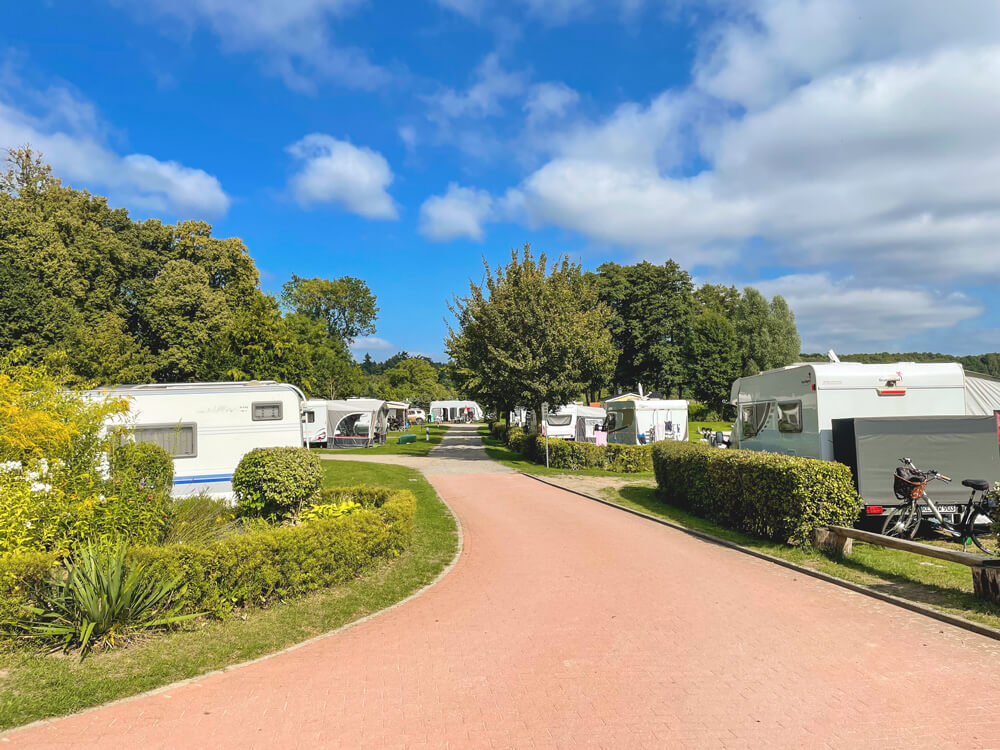

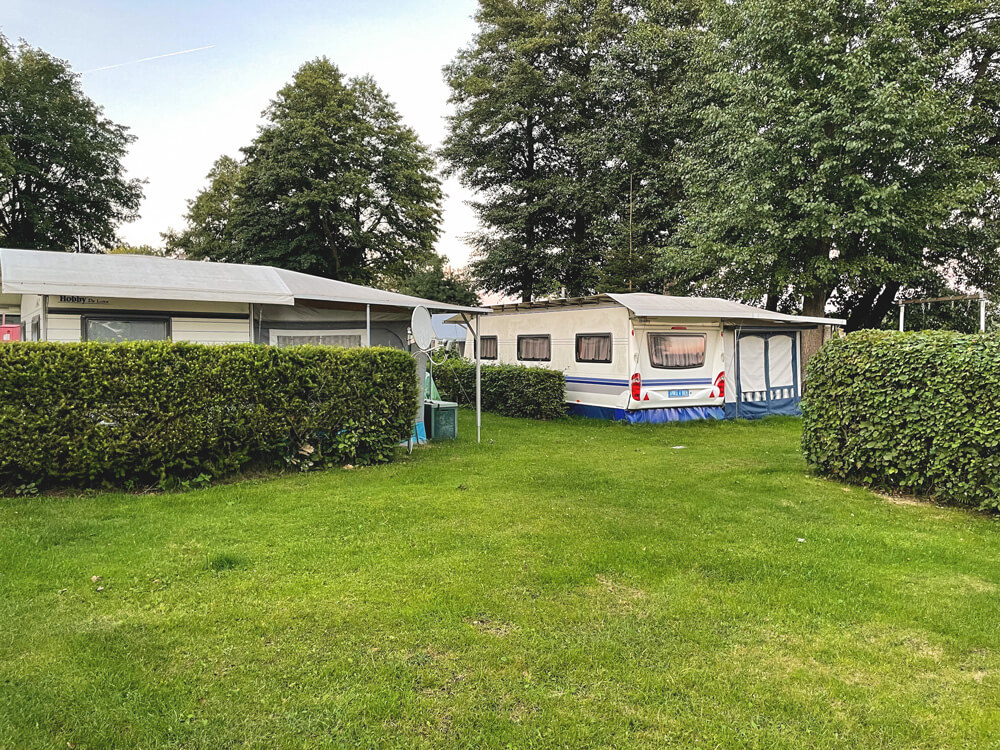

With the canoe taxi back to Lychen
We actually wanted to sleep in on the last day, but a group of young people started making a lot of noise at 6:30 a.m. So we were all awake and on our feet very early. Nevertheless, we started the day quite leisurely, got coffee and rolls, freshened up, and enjoyed the peace and quiet at breakfast.
Afterwards, we snuggled into our sleeping bags again before packing our things and cleaning the boats in the early afternoon. A pre-arranged canoe taxi company (www.taxi-reisen-schween.de) picked us and the boats up around 3 p.m. and took us back to the canoe station in Lychen. This is where our 7-day water hike ended.
- Price: approx. €11 per person including tent and tourist tax
- Shop & Snacks: available on-site (fairly inexpensive)
- Sanitary facilities very clean and spacious
- Cell phone reception: very good
- Camping area: small strip of grass with covered seating
- Power outlets: in the sanitary facilities
- Bread roll service: order the day before in the shop
- Recreational room: no, but there is a pavilion with benches
- Showers: €5 for 5 minutes (to charge your transponder)
Water Hike – Tips for Bad Weather
We’re not always lucky with the weather, even though our pictures often suggest it. During our 7-day water hike, we had to cope with the changeable weather (end of August), which wasn’t easy at first. We repeatedly had water in the canoe, wet shoes, cold feet, and damp clothes. Our tent also never really dried out, which didn’t make the whole situation any easier.
One day, it poured with rain the entire day, so we spent an entire day in the tent and couldn’t continue our tour. Luckily, the weather forecast predicted a few more sunny days, so we just let the “crappy weather” wash over us. In situations like these, you just have to make the best of it and adapt to the conditions. If you’re planning a multi-day water hike, we can give you the following tips:
1. Tent and Shelter
The tent and tent floor should have a water column of at least 2,000 millimeters. We’ve been very happy with our tent (ultralight tent for 2 people*) for many years and have survived quite a few crazy rainy and stormy days with it (2,000mm outer tent, 10,000mm tent floor). Campsites with common rooms or other shelter options are also advantageous. Most sites are geared toward caravans and campers and unfortunately don’t have such facilities. It’s really not much fun to lie in a small tent all day (tip: stretch a tarp over the tent).
2. Rain poncho and stuff sacks
We were so glad we had two really good rain ponchos with us. Whenever it suddenly started to rain during the trip, we slipped under these rain ponchos* and were able to stay relatively dry (or use garbage bags). Waterproof dry bags (from Ortlieb and Sea to Summit*) are also highly recommended, as they keep your gear and clothing dry even in the rain. This kept our very expensive camera equipment safe from the wet and damp. Ask your canoe rental company for sponges to help you get the water out of the canoe.
3. Drying Your Things
Look for heaters at the campsite, which you’ll usually find in the restrooms. Here you can dry your shoes and clothes during the day or overnight. Some campsites also have washing machines and dryers. It’s best to ask at reception where you can dry your clothes. It felt so nice to step into warm shoes after they’d been sitting on the heater in the shower room for a few hours. Finally, warm and, above all, dry feet again.
Costs for a Water Hike
Our water hike through Brandenburg and Mecklenburg-Western Pomerania cost approximately €350 per person. Overnight stays at the campsites averaged around €12 per night, including tourist tax, tent, and boat. Added to that were the costs for meals (self-catering & restaurant visits) and transport back to Lychen. We can’t tell you exactly how much our trip cost, but you should expect at least €300 to €350 for a week of water hiking.
7 Days of Water Hiking – Our Conclusion
What a trip! After 7 days and around 55 kilometers of paddling, we ended this adventure, enriched by many experiences and moments. Although the original route was planned a bit differently, the storm forced us to remain flexible and re-plan the stages a bit. In the end, we can say that despite a few rainy days, the week was truly beautiful and exciting. We love being outside and camping all day, which is why we really enjoyed this week.